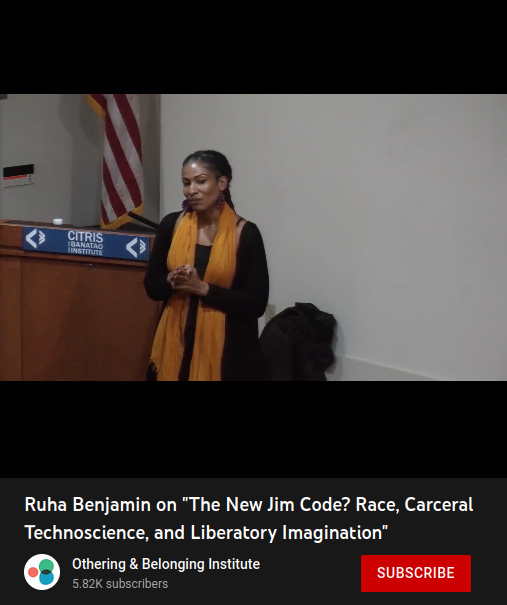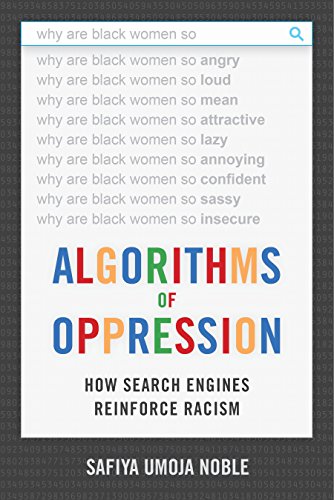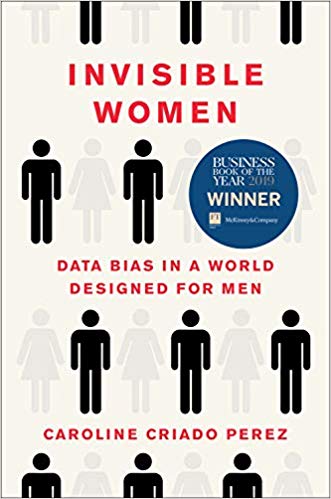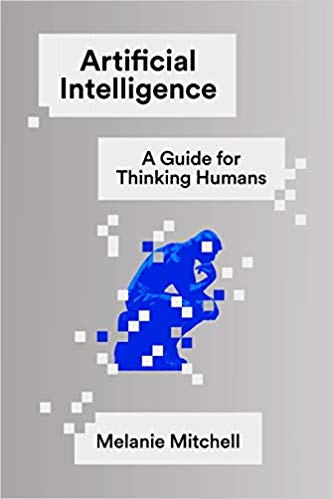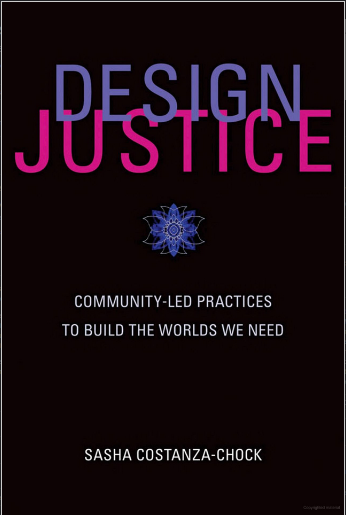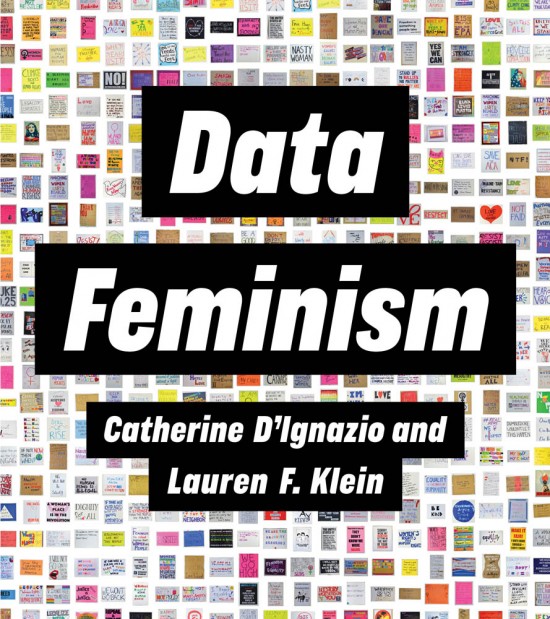jedediyah.com/nctm2022
About Jed


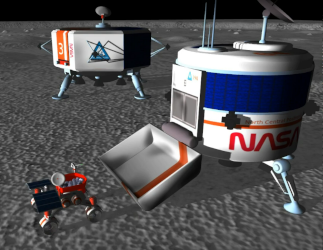
DATA: There is too much to talk about!
|
|
|
|
|
|
axioms
- Math is awesome.
- Causing unnecessary harm is bad.
Data Modeling Process
Data Modeling Process
- Modeling with data
- Teaching and scafolding modeling with data
- Critically analyzing data technologies
Data Modeling Process
When we approach modeling as a series of design choices, we highlight the assumptions and subjectivity of value judgements made at each stage and begin to expose the inherent biases embedded within our models.
1 minute, talk to your neighbors:
How can
math
cause harm?
When we say that we are teachers of "mathematics", which "mathematics" are we talking about?
| Authors | Reading | Watching | ||
|---|---|---|---|---|
| Cathy O'Neil |
|
|||
| Viginia Eubanks |
|
Automating Inequality PBS 2018 |
||
| Safiya Umoja Noble |
|
|||
| Meredith Broussard |
|
|
||
| Janelle Shane |
|
The danger of AI is weirder than you think TED 2019 |
||
| Hannah Fry |
|
Should Computers Run the World? Royal Institution 2019 |
||
| Caroline Criado Perez |
|
Invisible Women Engage 2019 |
||
| Ruha Benjamin |
|
Ruha's resources for Race After Tech | ||
| Melanie Mitchell |
|
The Collapse of Artificial Intelligence Santa Fe Institute 2019 |
||
| Sasha Costanza-Chock |
|
|
||
| Kate Crawford |
|
|
||
| Catherine D'Ignazio & Lauren F. Klein |
|
Wait!
Isn't math objective and neutral?
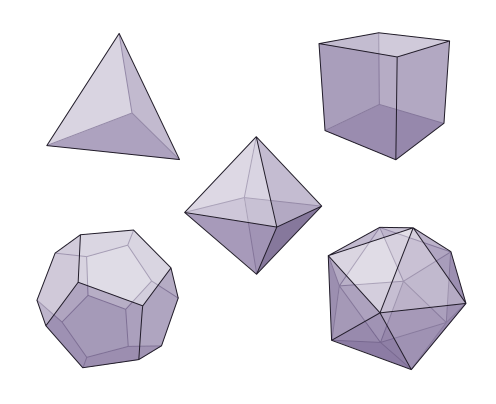
https://twitter.com/standupmaths/status/741251532167974912

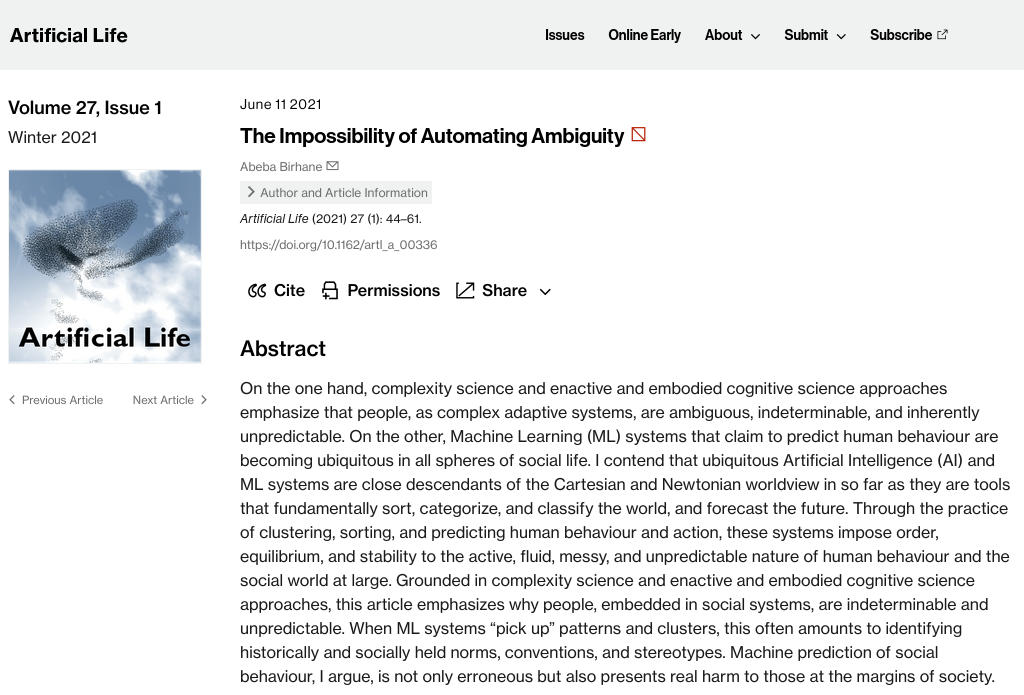
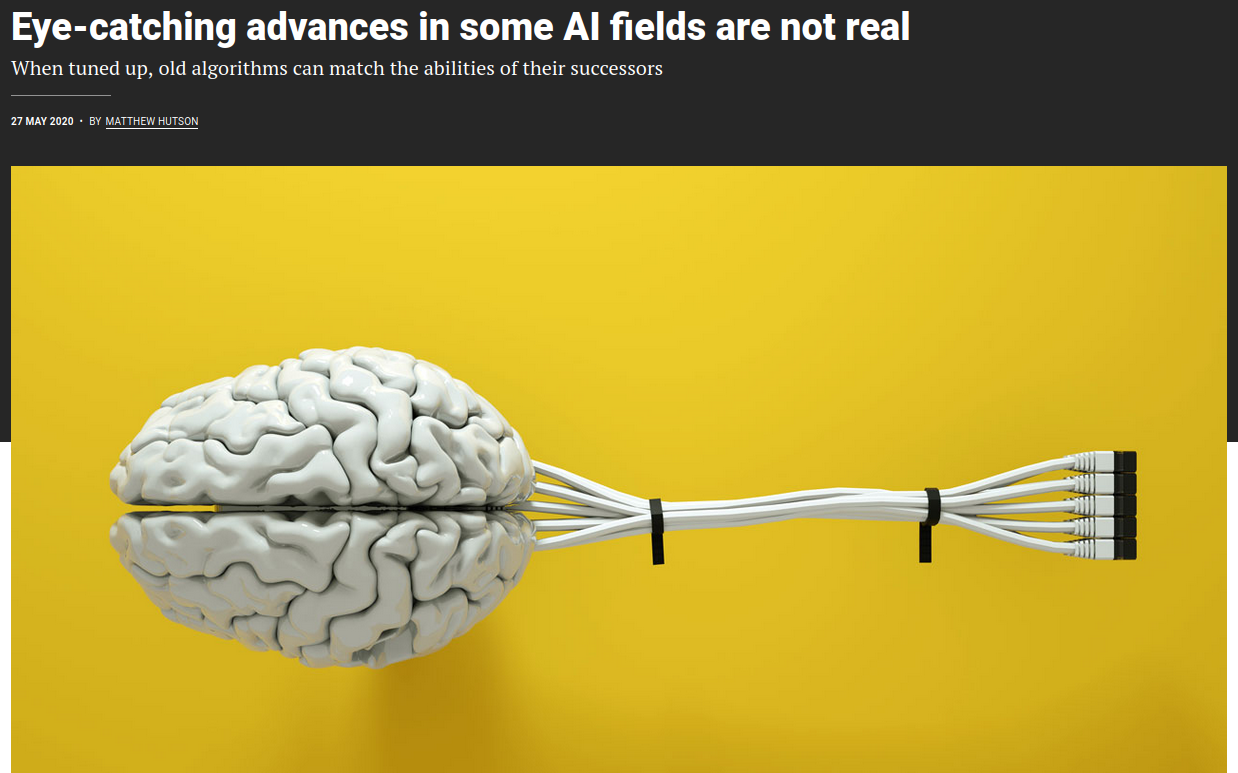
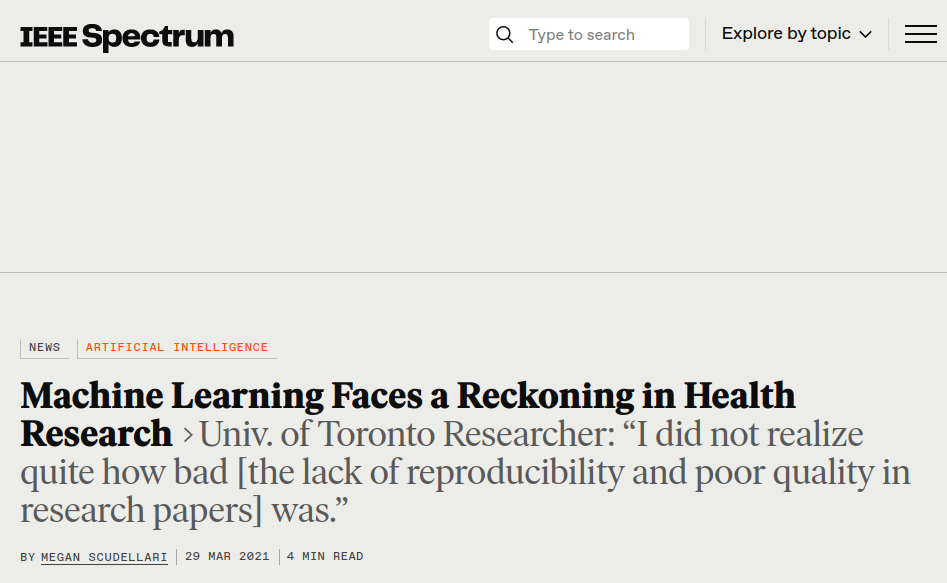
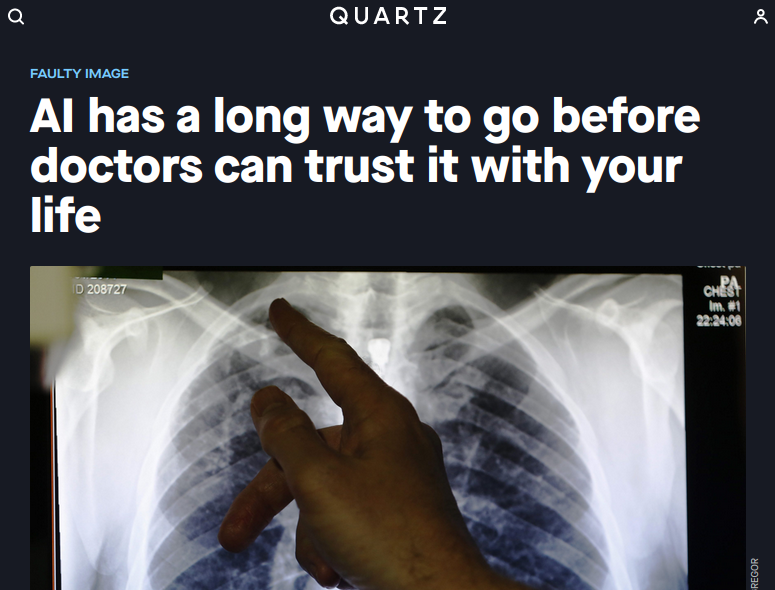
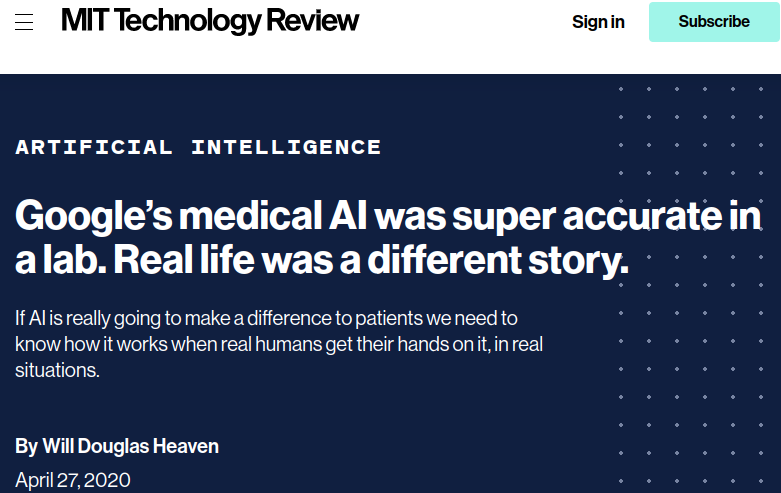
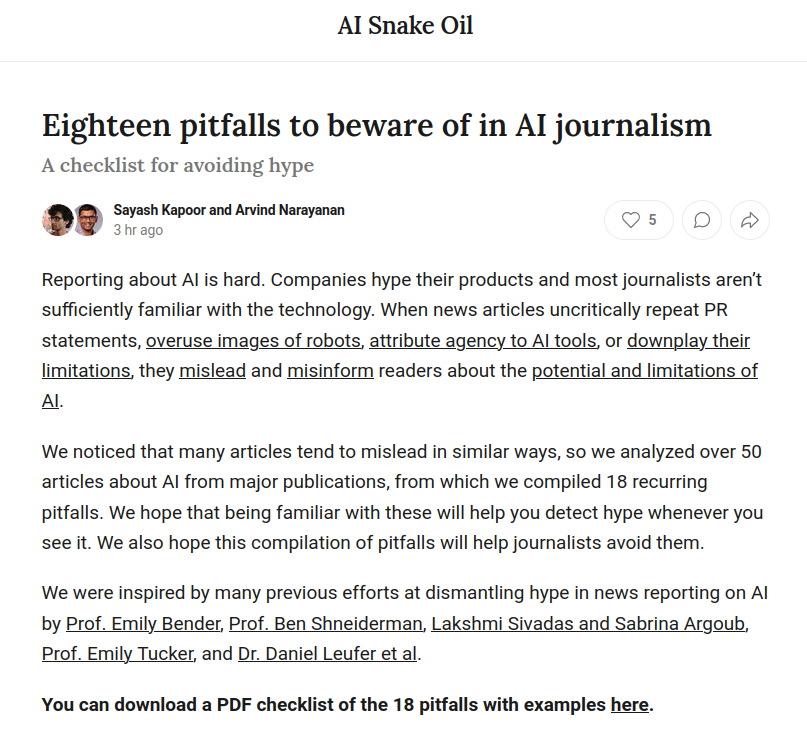
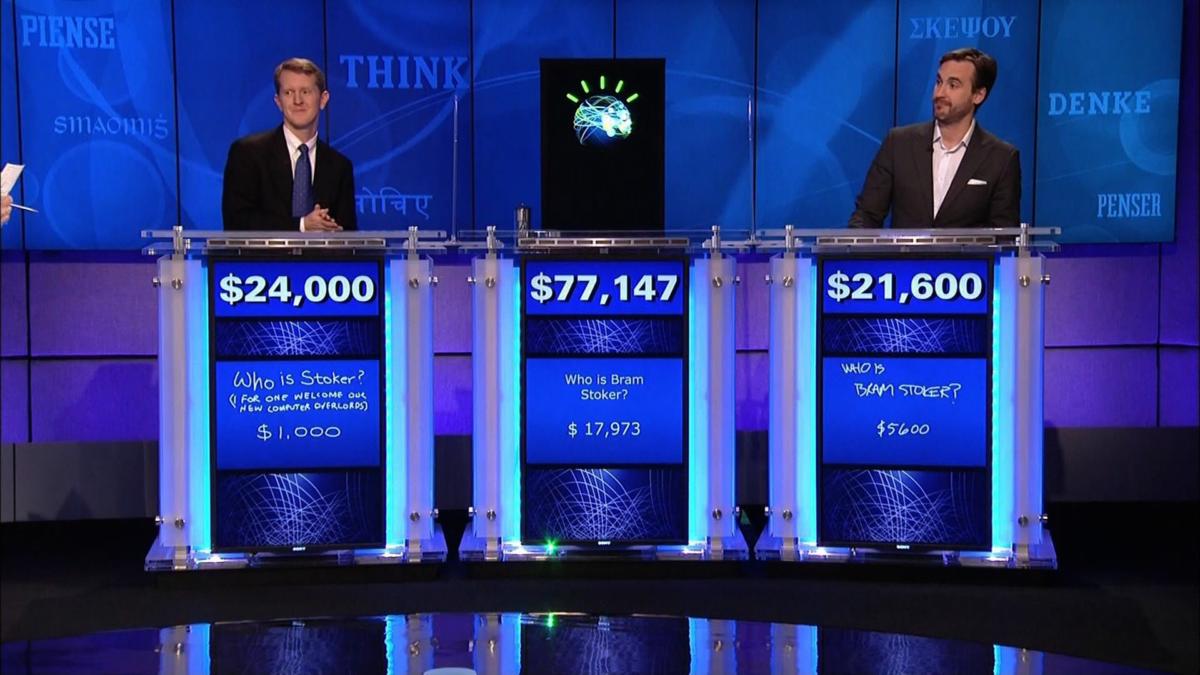
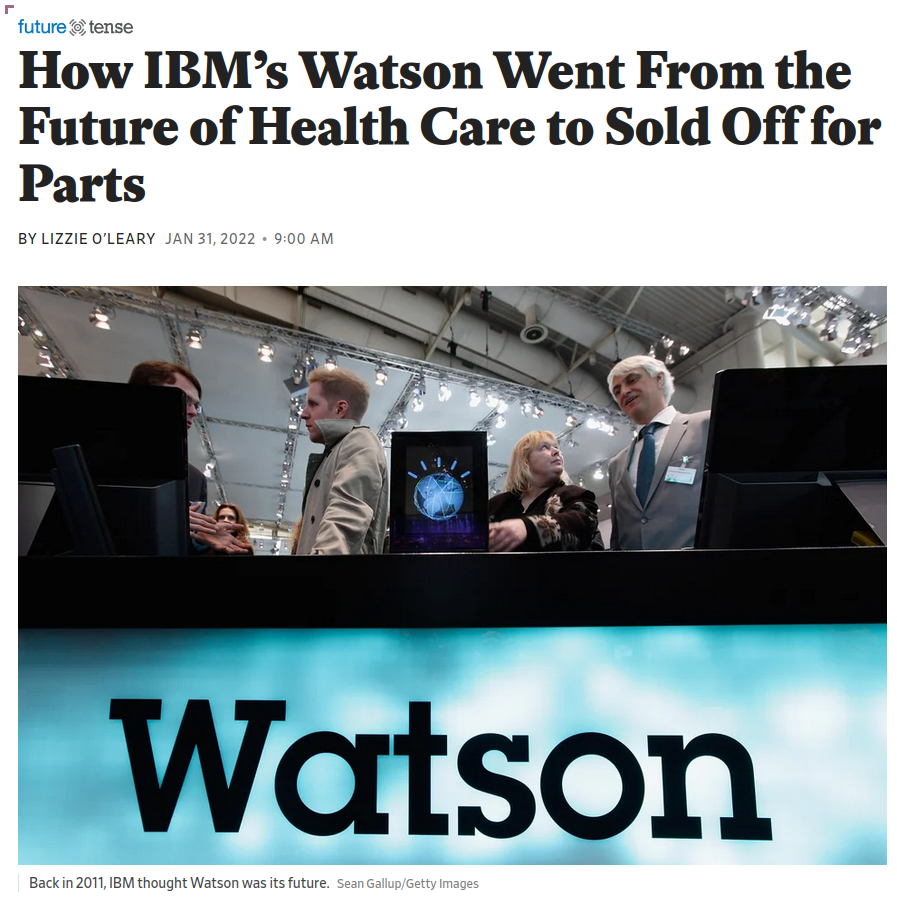

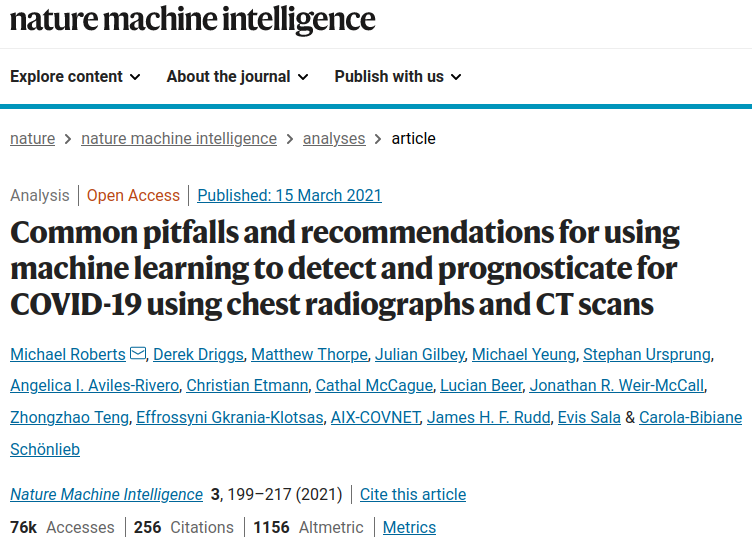
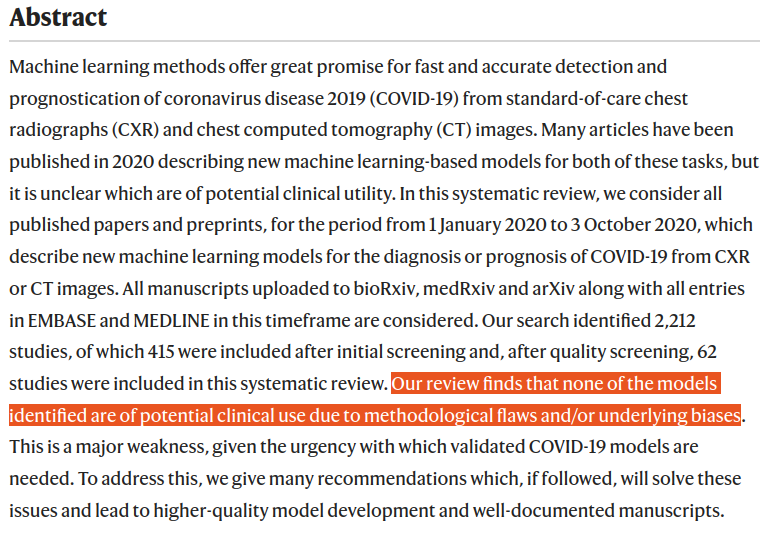

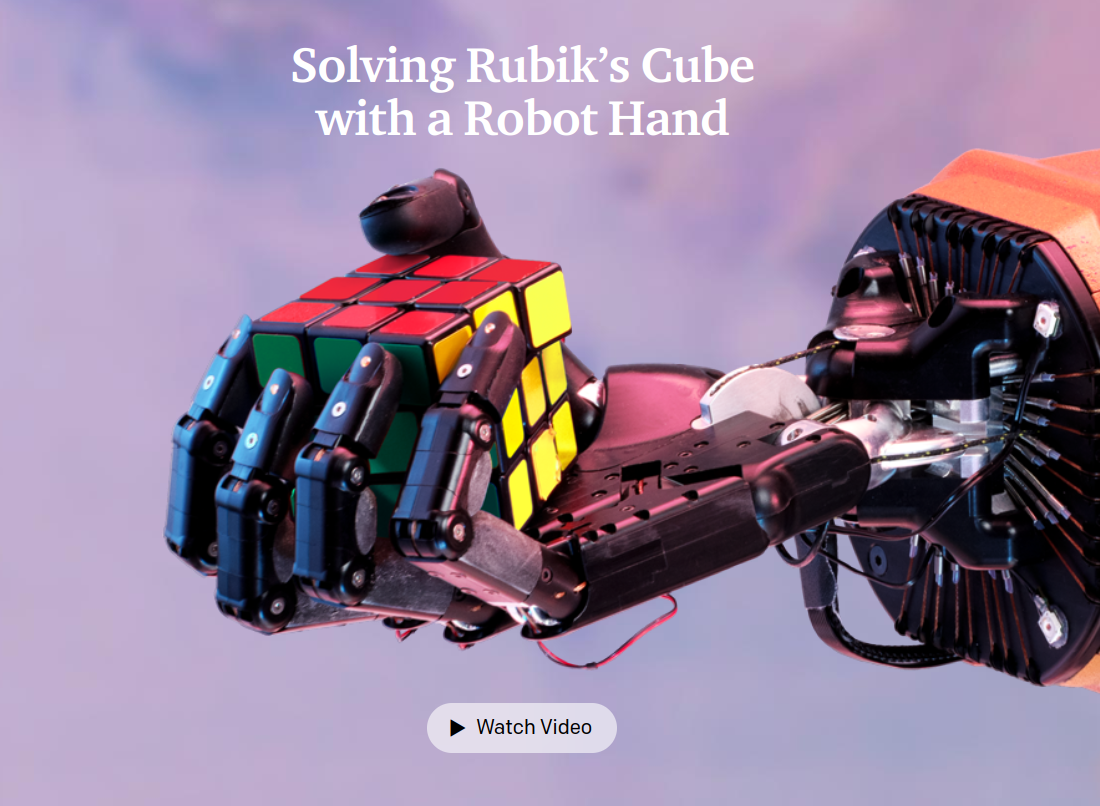




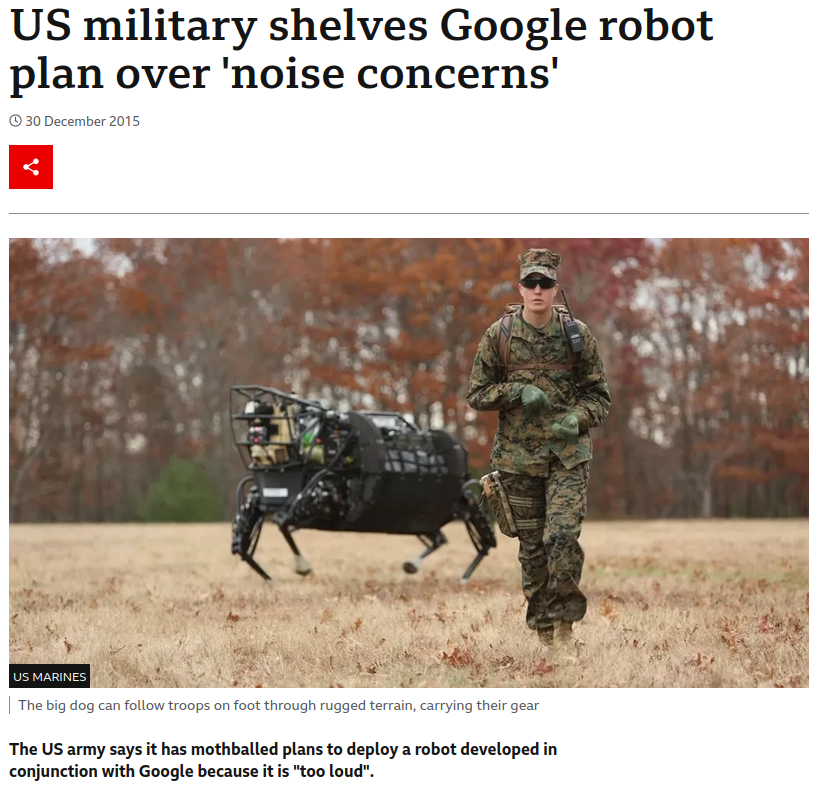

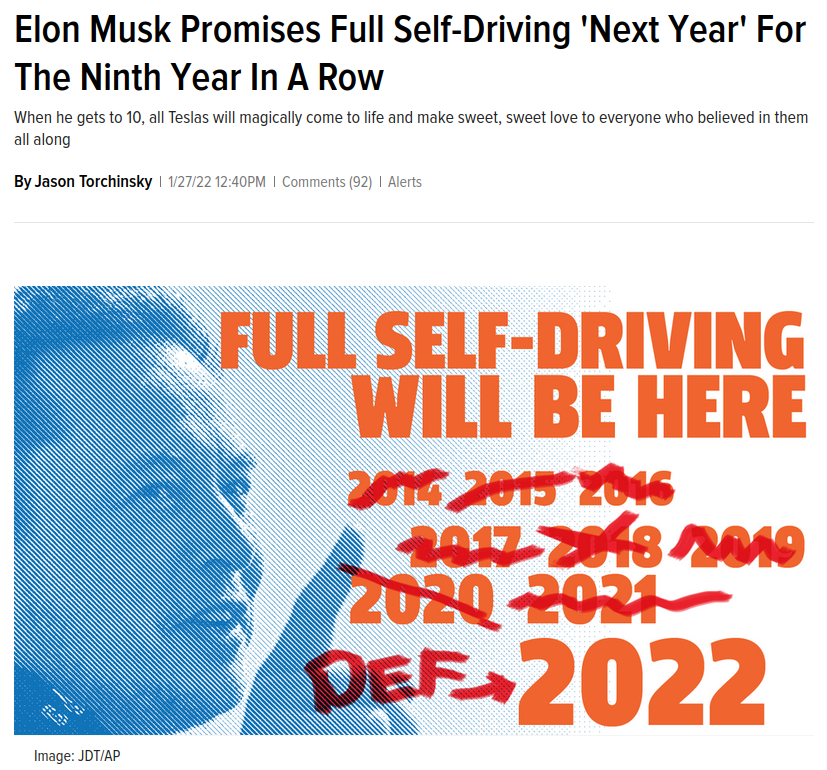

Data modeling applications
- Search engine
- Recommendation systems
- Ranking systems
- Application / resume filtering
- Computer vision
- Chat bots
- Policing
- Sentencing and parole
- "Self-driving" vehicles
- ...
"Our success, happiness, and wellbeing are never fully of our own making. Others' decisions can profoundly affect the course of our lives...
Arbitrary, inconsistent, or faulty decision-making thus raises serious concerns..."
- Fairness and Machine Learning, Barocas, Hardt, and Narayanan
↓
Some of the more well known harms
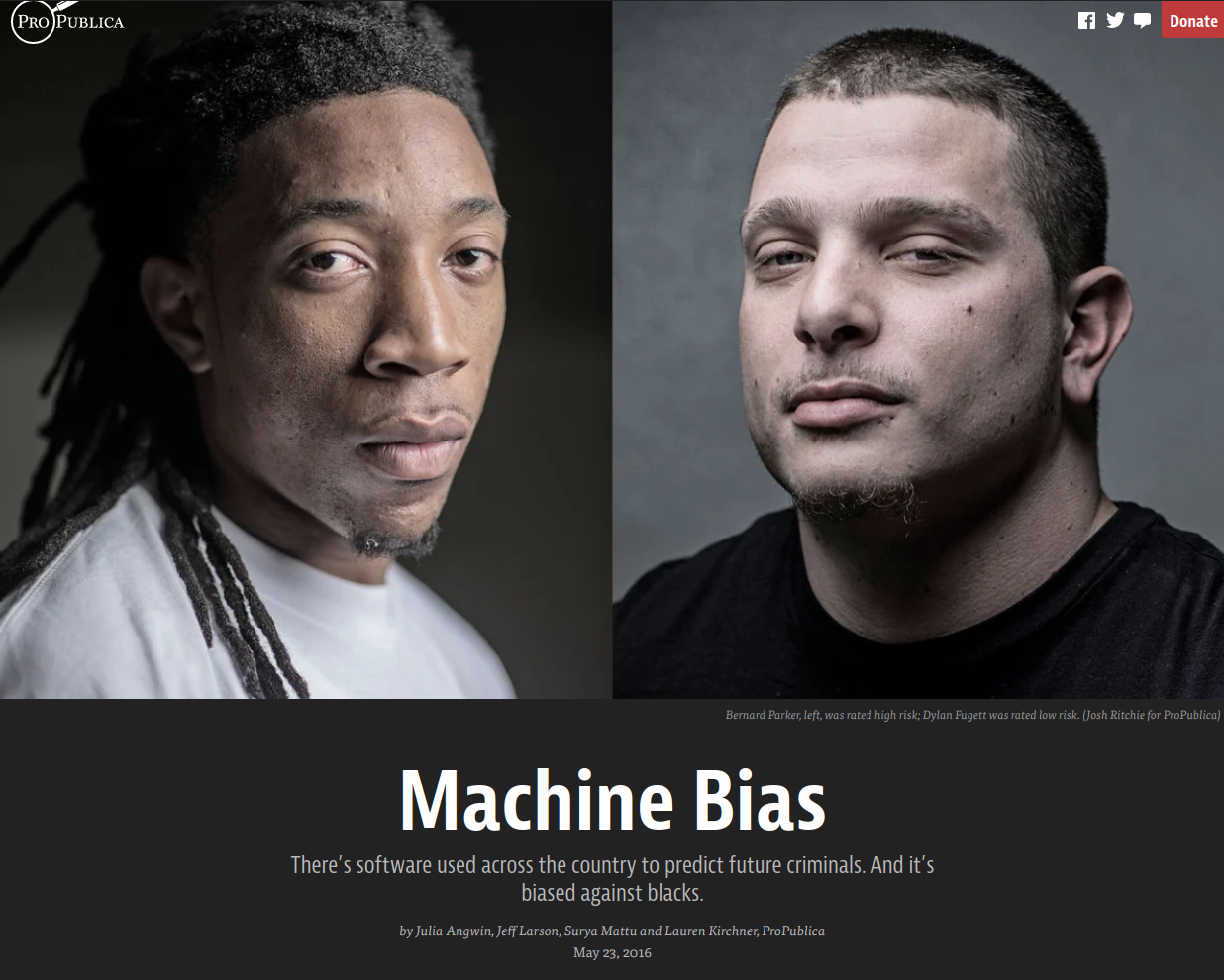

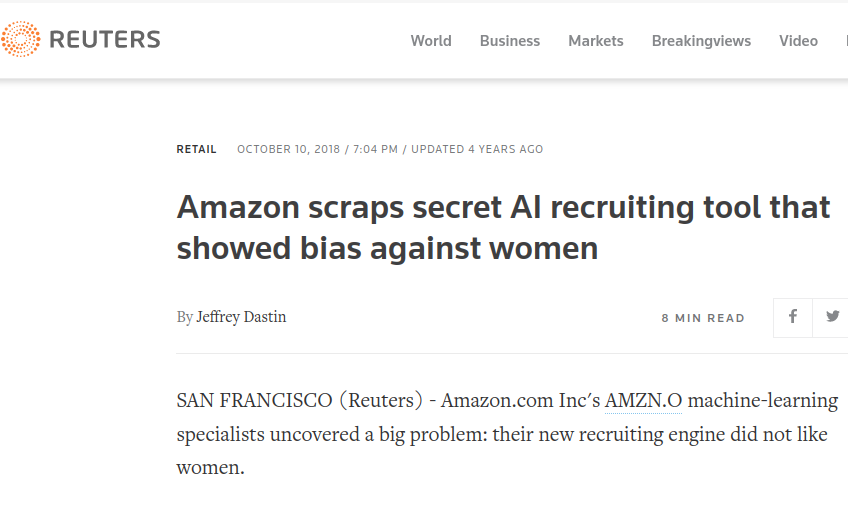
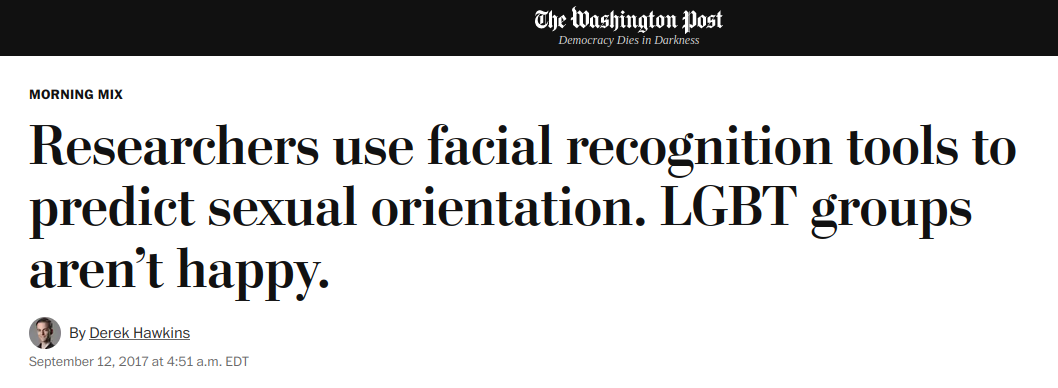


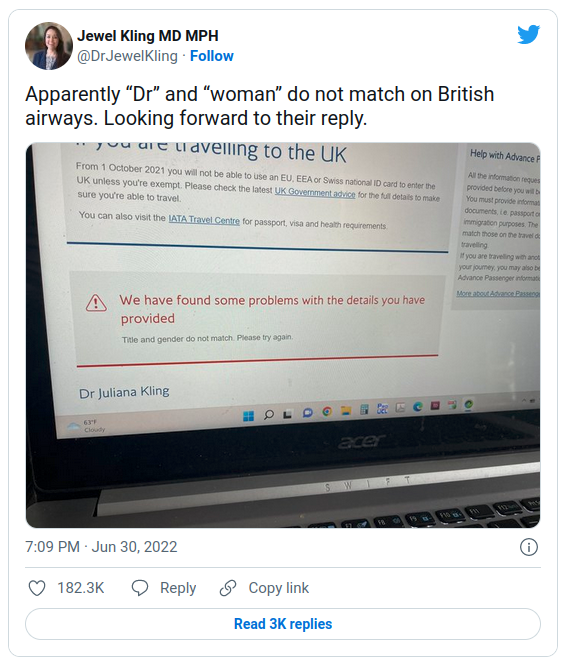

https://www.nytimes.com/2019/08/16/technology/ai-humans.html


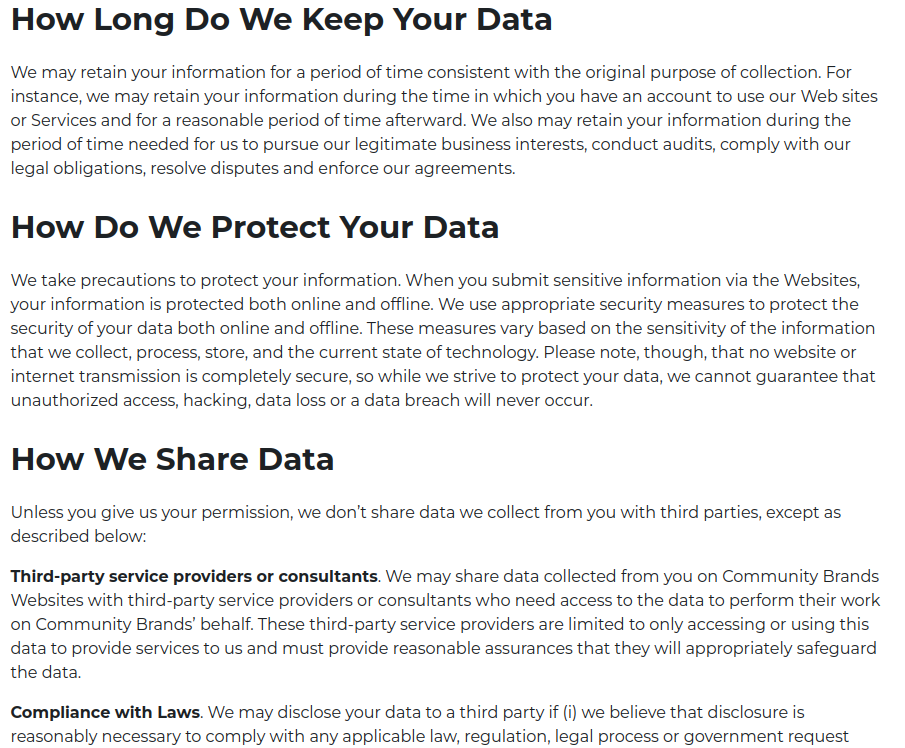
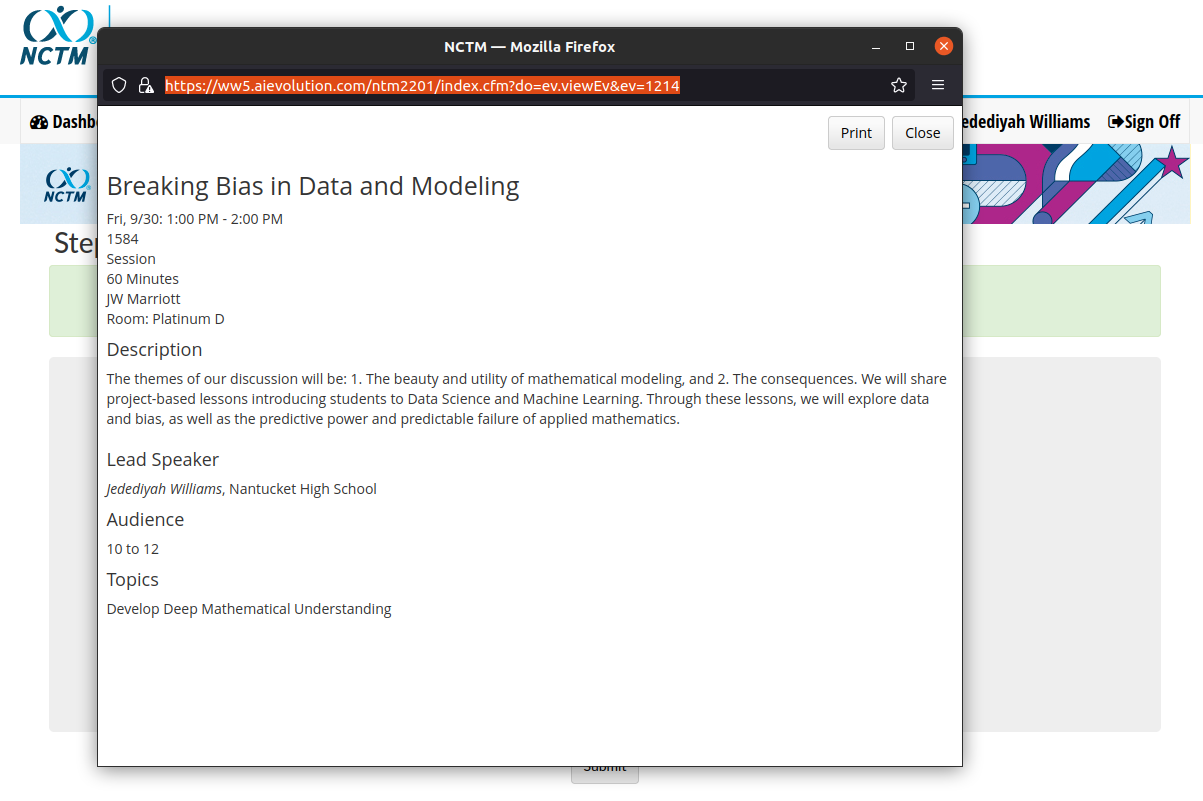
 Anatomy of an AI system, Crawford and Joler
Anatomy of an AI system, Crawford and Joler


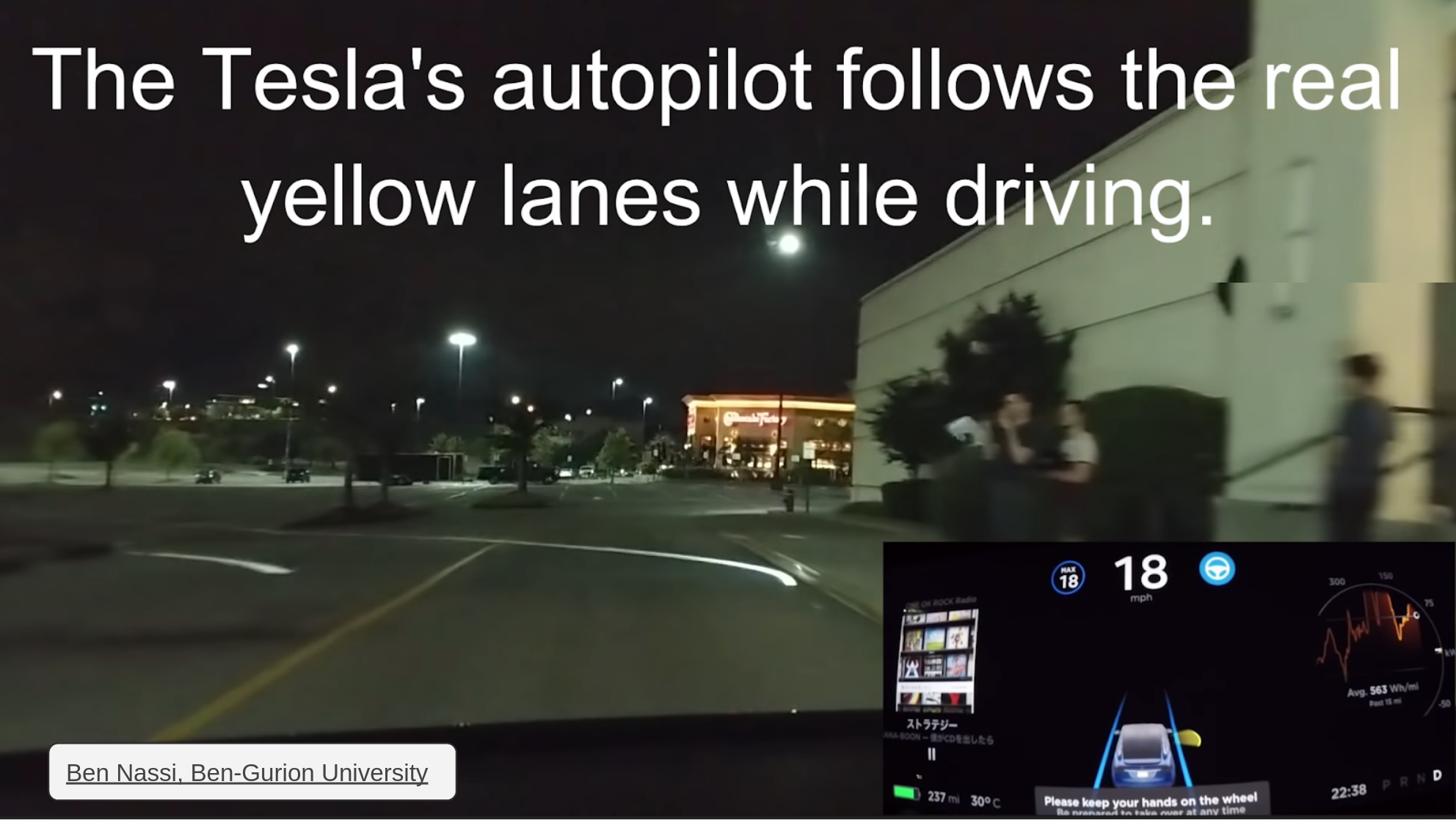
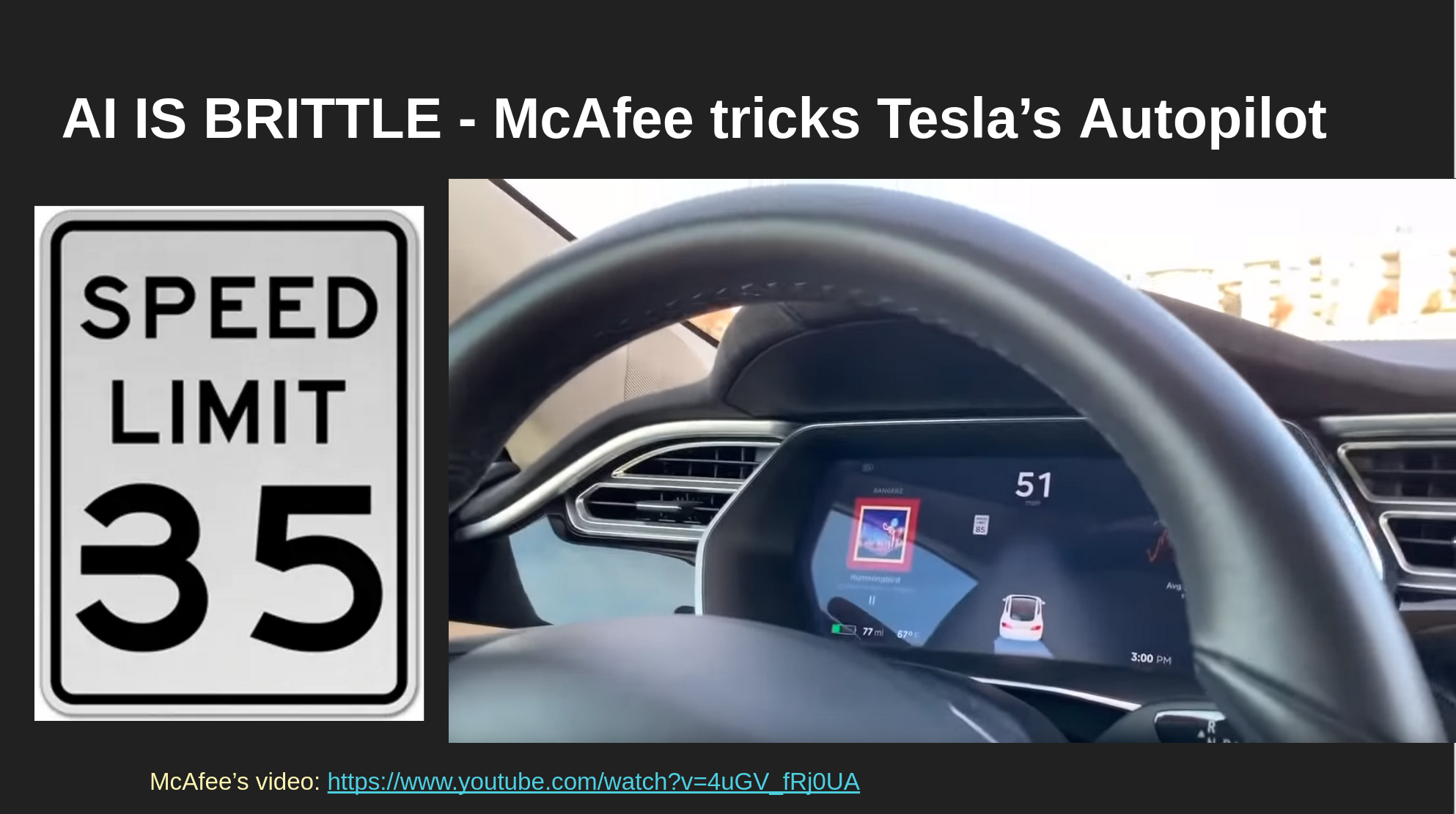
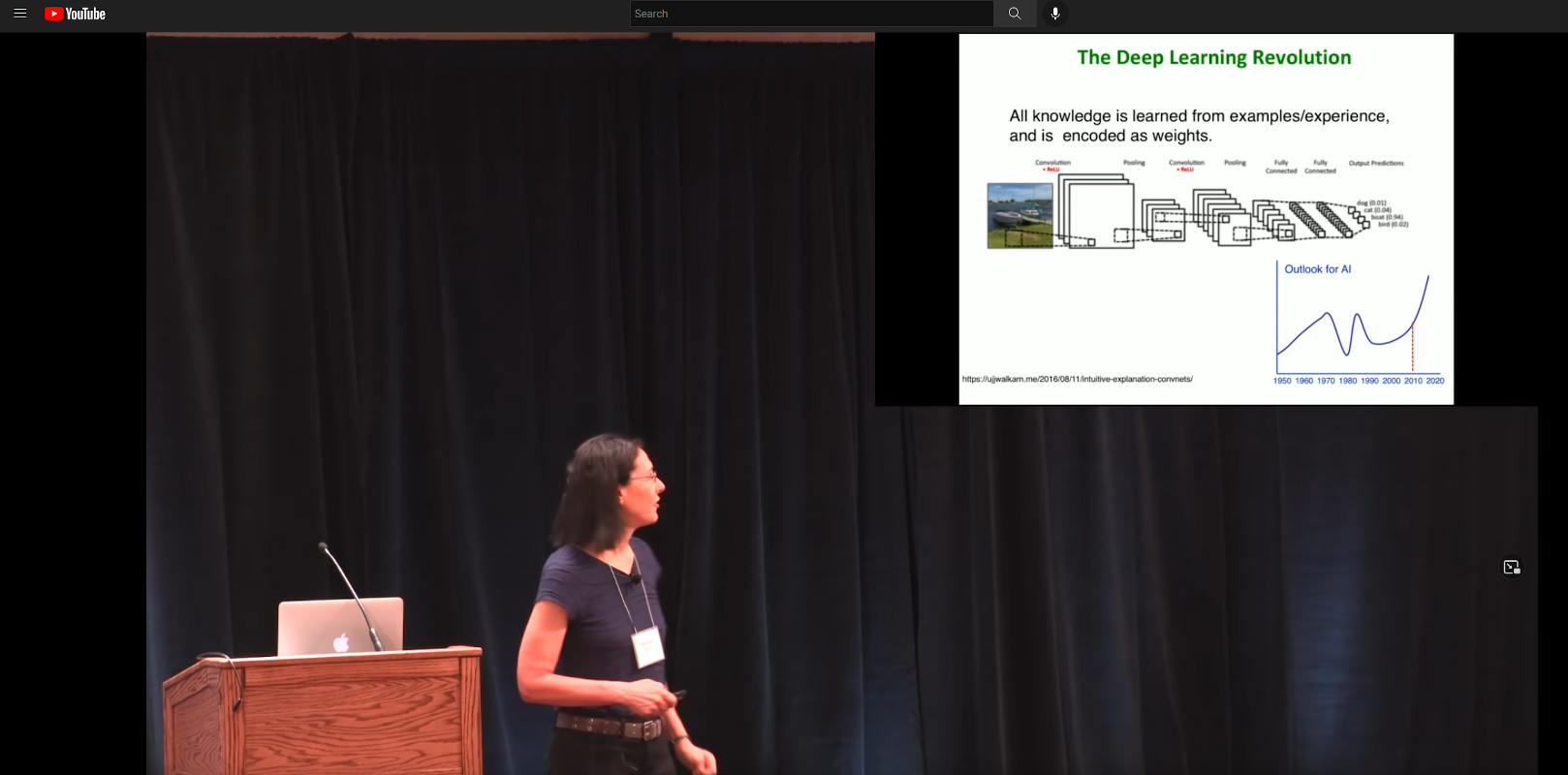
- Sun-ha Hong, Prediction as Extraction of Discretion
Big Picture
When handing over the tools of mathematics,
we are responsible as educators
for teaching their responsible use.
It is a sin of omission when we fail to acknowledge the consequences of the content we teach; Consequences which include ethical and technical pitfalls.
Subtle picture
- There is no simple solution. There is no checklist that if you've done these things then you won't cause harm.
- Many ethical concerns are technical concerns.
- Predicting, detecting, and mitigating harm and discrimination in data technologies are complex and active areas of research.

Fayyad et al (1996). The KDD Process for Extracting Useful Knowledge from Volumes of Data
(Knowledge Discovery in Databases)
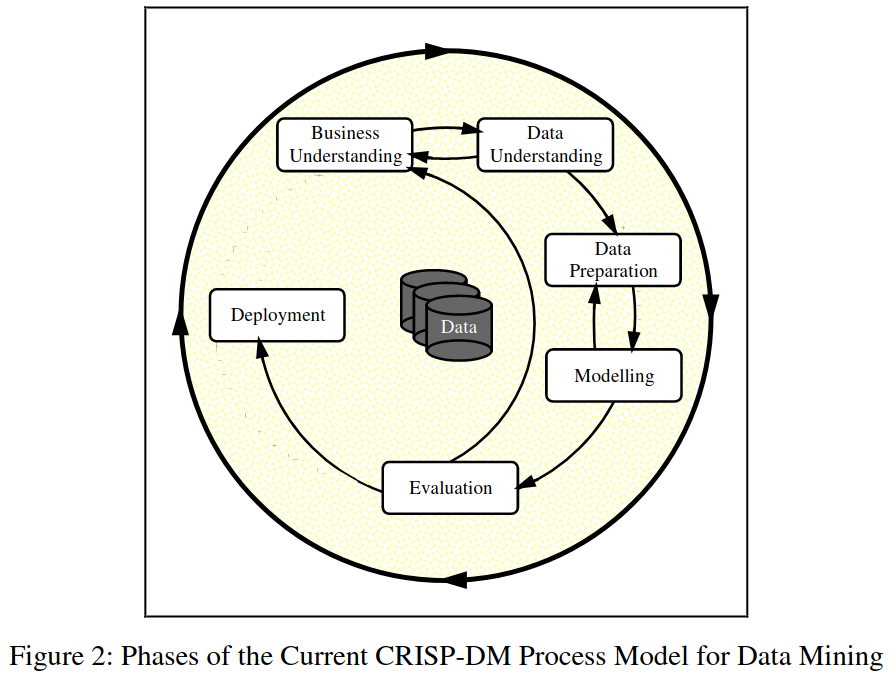
Chapman et al (1999), Wirth (2000). "Towards a standard process model for data mining".
2. Scrub: the world is a messy place
3. Explore: You can see a lot by looking
4. Models: always bad, sometimes ugly
5. INterpret: "The purpose of computing is insight, not numbers."
Mason and Wiggins (2010). "A Taxonomy of Data Science".
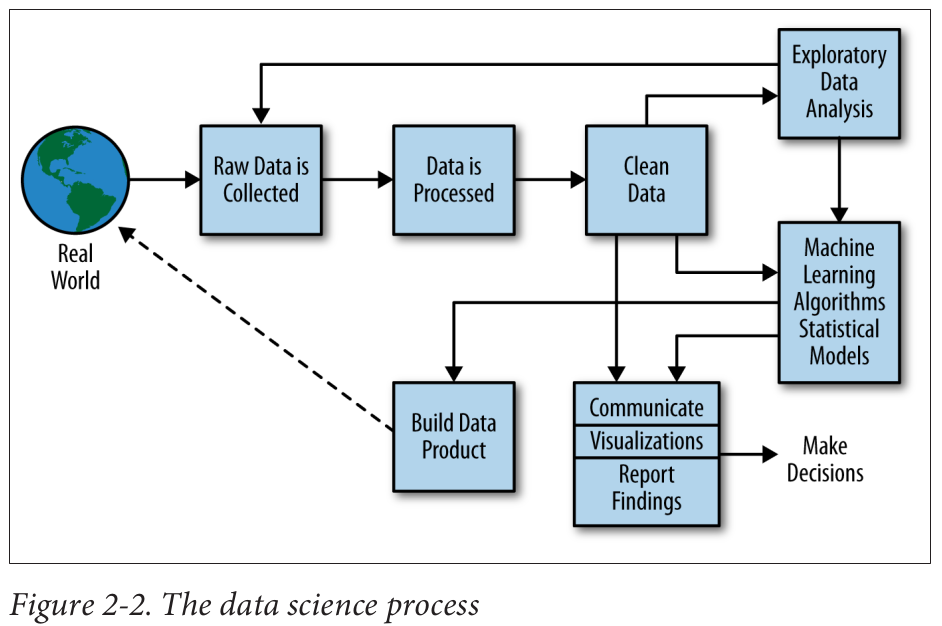
Schutt and O'Neil (2014). "Doing Data Science: Straight talk from the frontline".

GAIMME Guidlines for assessment & instruction in mathematical modeling education (2016).
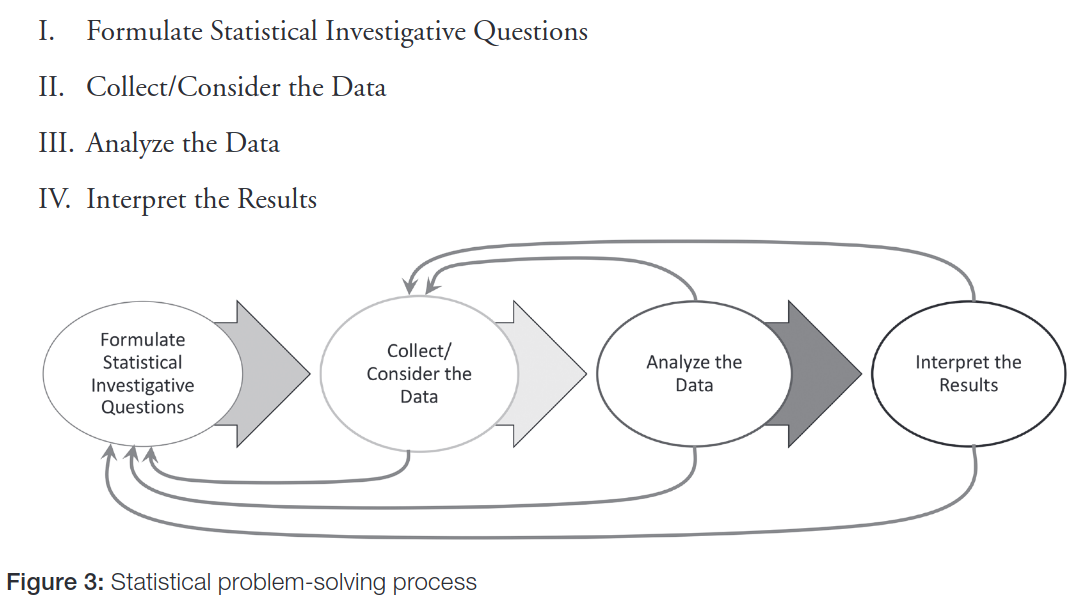
Guidelines for Assessment and Instruction in Statistics Education (GAISE) Reports
(2020, based on 2007).
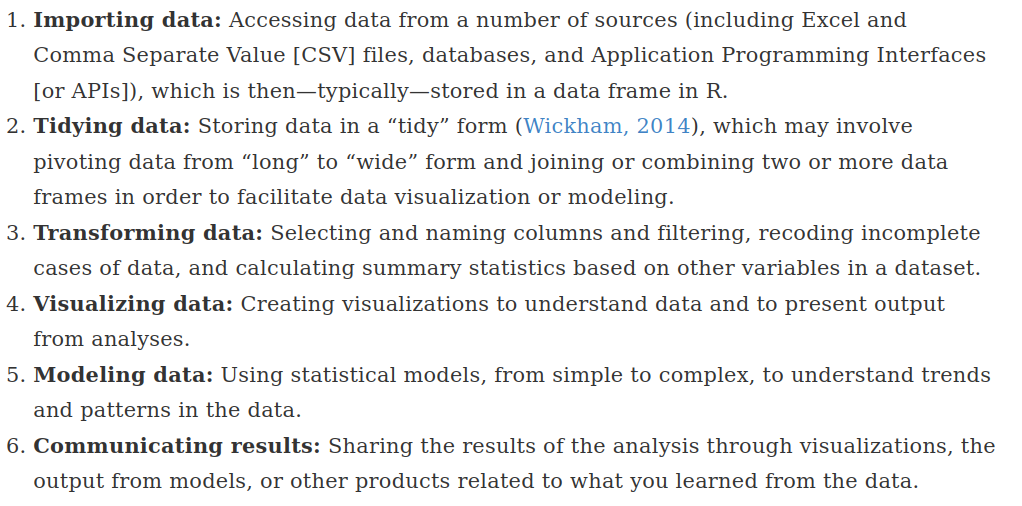
Estrellado et al (2020). Data Science in Education Using R, Section 3.2.

Zico Kolter (2021). Practical Data Science, Intrdouction

Common Core / Achieve the Core.
I like the video here!
Many frameworks. Much overlap.

|
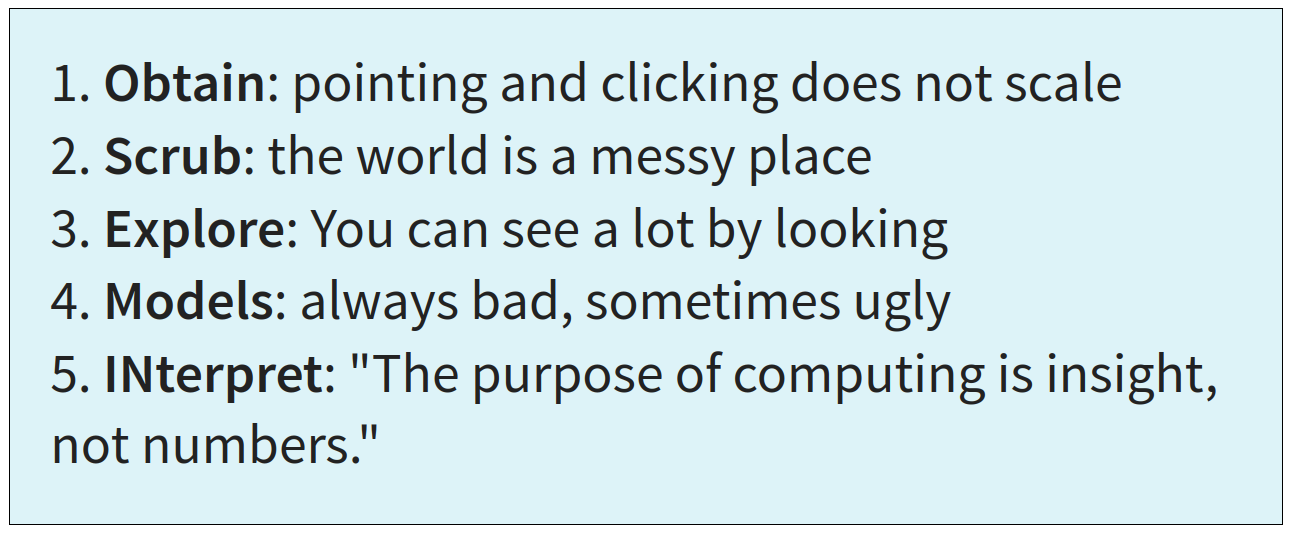
|

|

|

|
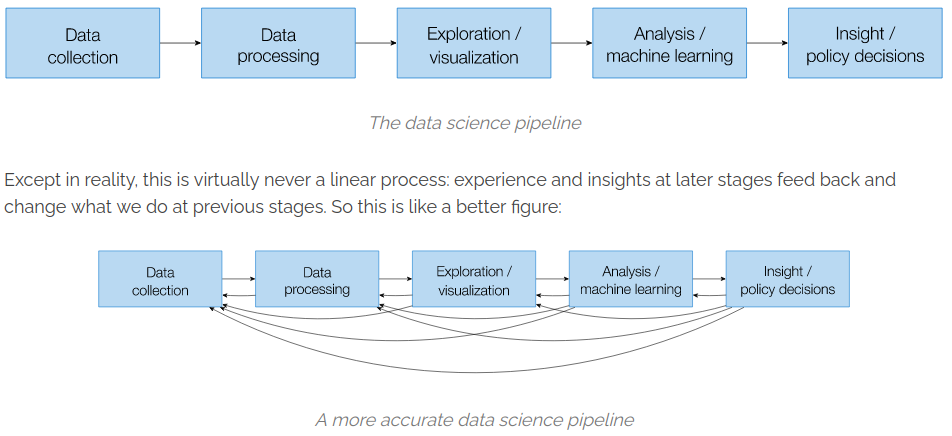
|
Data |
1. Get the data |
Preprocess |
2. Clean up the data |
Explore |
3. Explore the data |
Model |
4. Model it |
Communicate |
5. Share the results |
Data |
1. Get the data |
Preprocess |
2. Clean up the data |
Explore |
3. Explore the data |
Model |
4. Model it |
Communicate |
5. Share the results |
Data Modeling Process
Data Modeling Process
• Design
∘ Turn a problem into a data-problem.
∘ Survey or experimental design
∘ Database infrastructure
• Acquire
∘ Survey or experiment
∘ Download the dataset! CSV, API, etc.
∘ Web scraping
Data Modeling Process
• Wrangle
∘ Format
∘ Clean and organize
∘ Check data integrity
• Prepare
∘ Label
∘ Split into training and testing sets
∘ Normalize
Data Splitting
Data Modeling Process
• Visualize
∘ Plot and familiarize with data
∘ Look for and compare features visually
∘ Consider appropriate models
• Inspect
∘ Exploratory data analysis
∘ Descriptive statistics
∘ Identify features analytically
Data Modeling Process
• Model
∘ Try and compare multiple models
∘ Consider bias and variance
∘ Interpret model and performance
• Validate
∘ Assess model performance on independent test data
∘ Error analysis and stress-test
∘ Consider consequences
Data Modeling Process
• Reflect
∘ Consider contexts, bias, and consequence
∘ Create audit plant
∘ Document - data and model
• Share
∘ Report documentation
∘ Inform policy
∘ Deploy in product
Data Modeling Process
Data Modeling Process
Environment
A framework for critical analysis
|
Data
|
• Harmful data collection, lack of consent, insecure / lack of privacy, historical, representational, or measurement bias, ...
|
|
Preprocess
|
• Labor exploitation, labeling by non-experts, incorrect labeling, trauma experienced by labelers, ...
|
|
Explore
|
• Feature selection bias, bias in interpretation of data visualization, data manipulation, feature hacking, ...
|
|
Model
|
• Bias in model choice, model-amplified bias, environmental impact, learning bias, evaluation bias, peripheral modeling, ...
|
|
Communicate
|
• Biased model interpretation, ignoring variance, rejecting model, deploying harmful products, deployment bias, ...
|
|
Meta
|
• "Pernicious feedback loops", runaway homogeneity, susceptability to adversarial attack, lack of oversight or auditing, ...
|
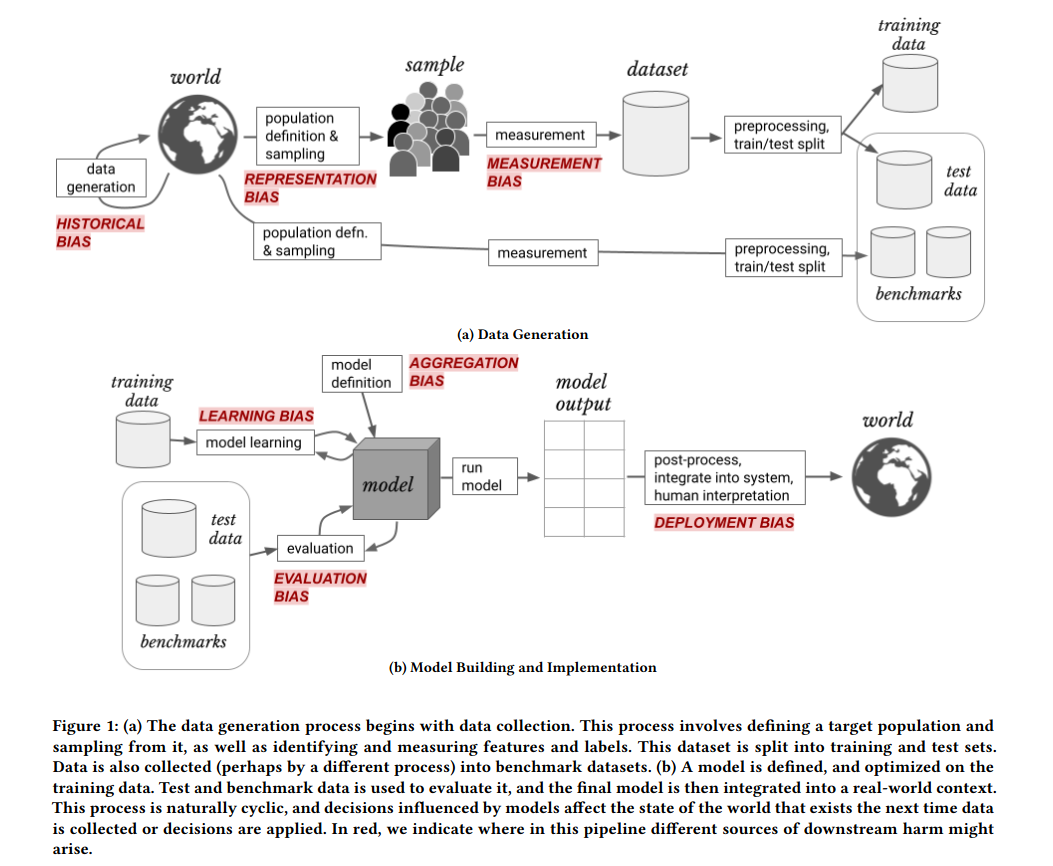
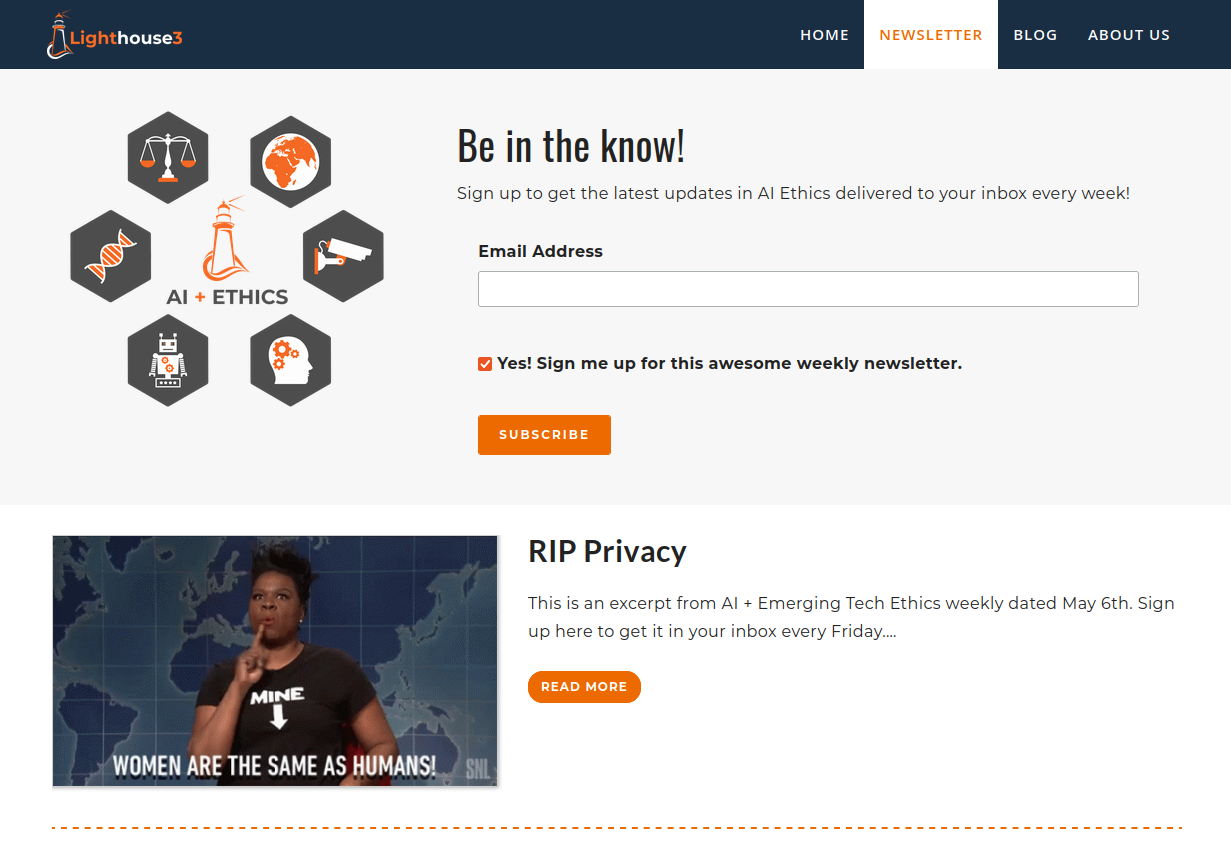
|
|
Have you ever read a book in a math class?
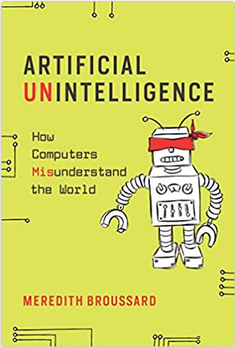
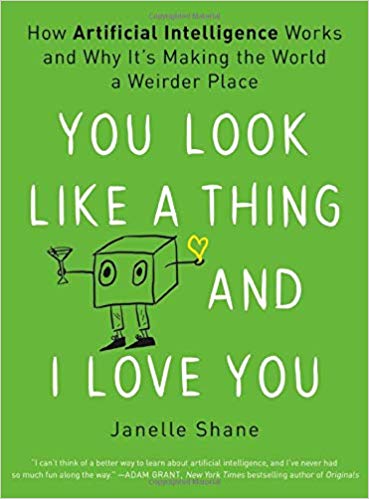
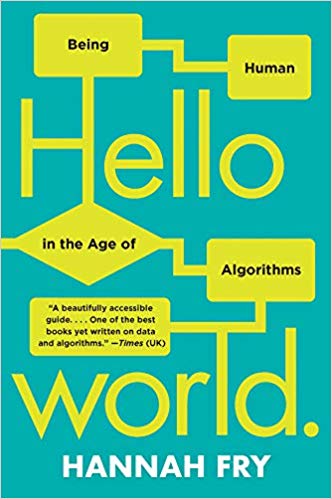
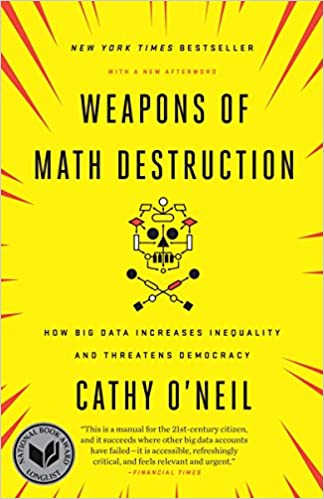
Data Modeling Process
- Modeling with data
- Teaching and scafolding modeling with data
- Critically analyzing data technologies
How high does a bouncy ball bounce?
How high does a bouncy ball bounce?
|
Data
|
• Data problem: What will be the bounce height \(h_{bounce}\) of my bouncy ball when dropped from rest from a given drop height \(h_{drop}\)?
• Record several slow-motion videos. |
|
Preprocess
|
• Randomly choose a subset of videos as the training set.
• Parse the training set videos into a table. |
|
Explore
|
• Create a scatter plot of \(h_{bounce}(h_{drop})\)
• Look for features! Notice and wonder. Consider models. |
|
Model
|
• Find a best-fit model on the training data.
• Validate the model on the testing data. |
|
Communicate
|
• Reflect on the process.
• Share out. |

How high does a bouncy ball bounce?
Bounce Prediction Error
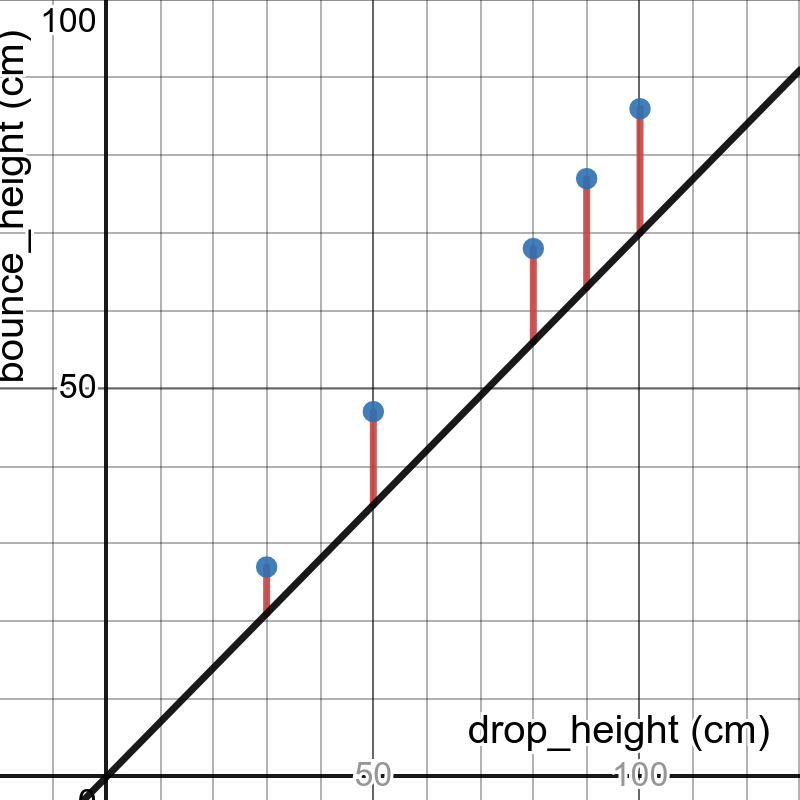

Bounce Prediction Error
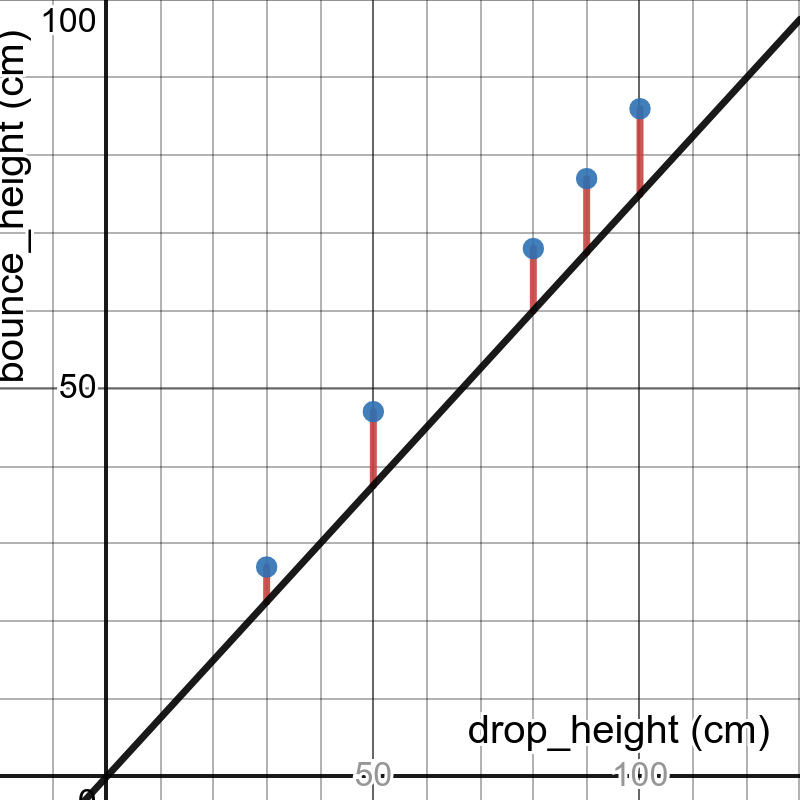
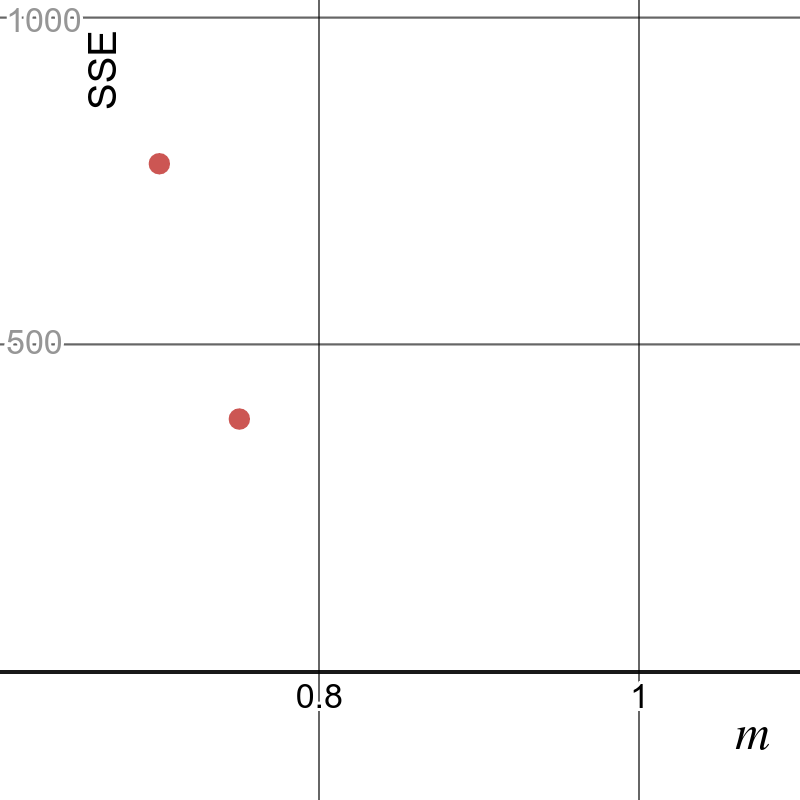
Bounce Prediction Error
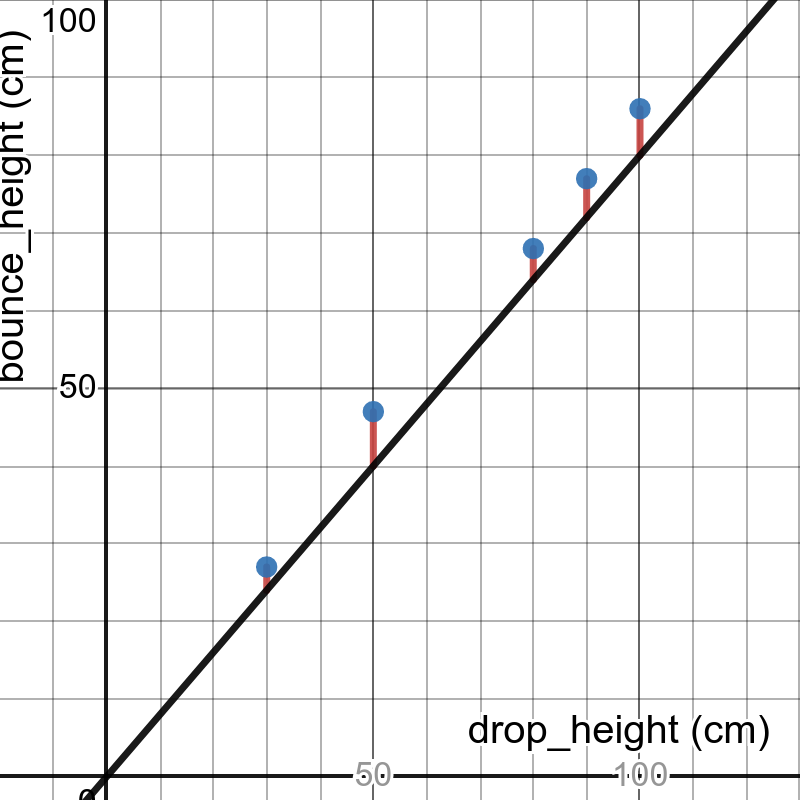
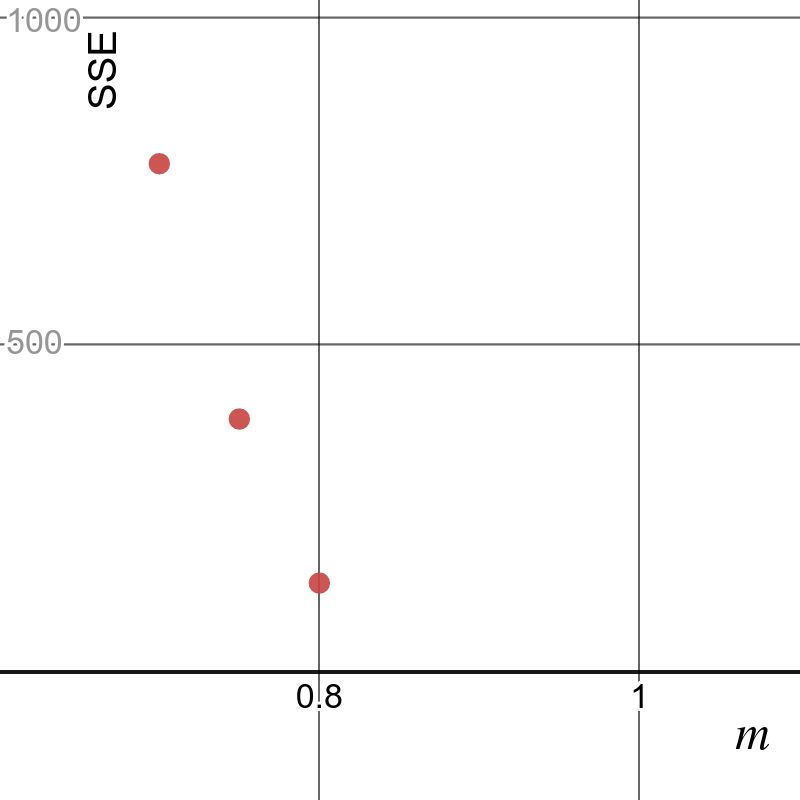
Bounce Prediction Error
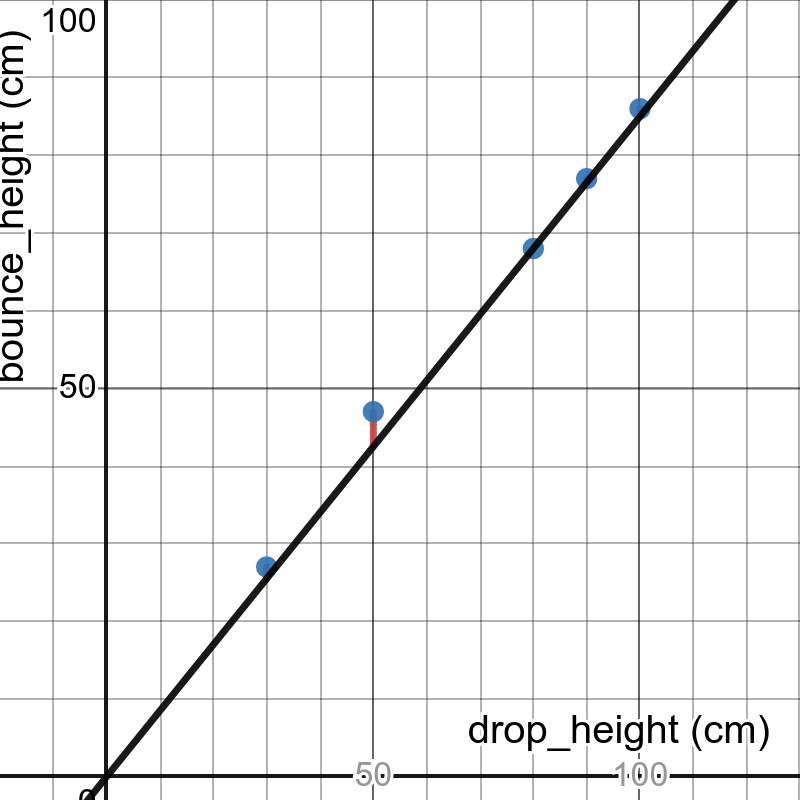
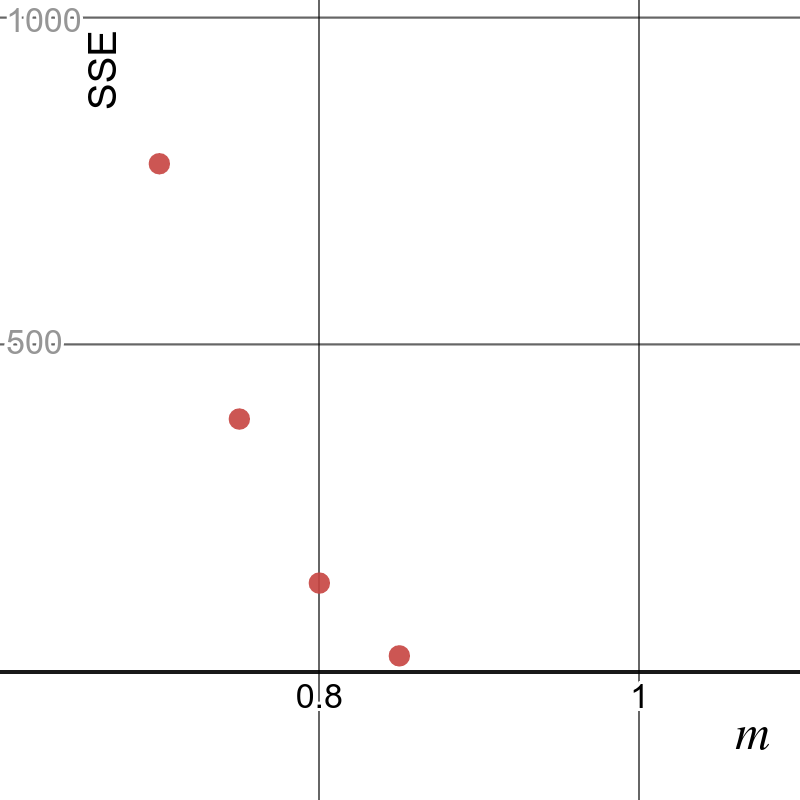
Bounce Prediction Error
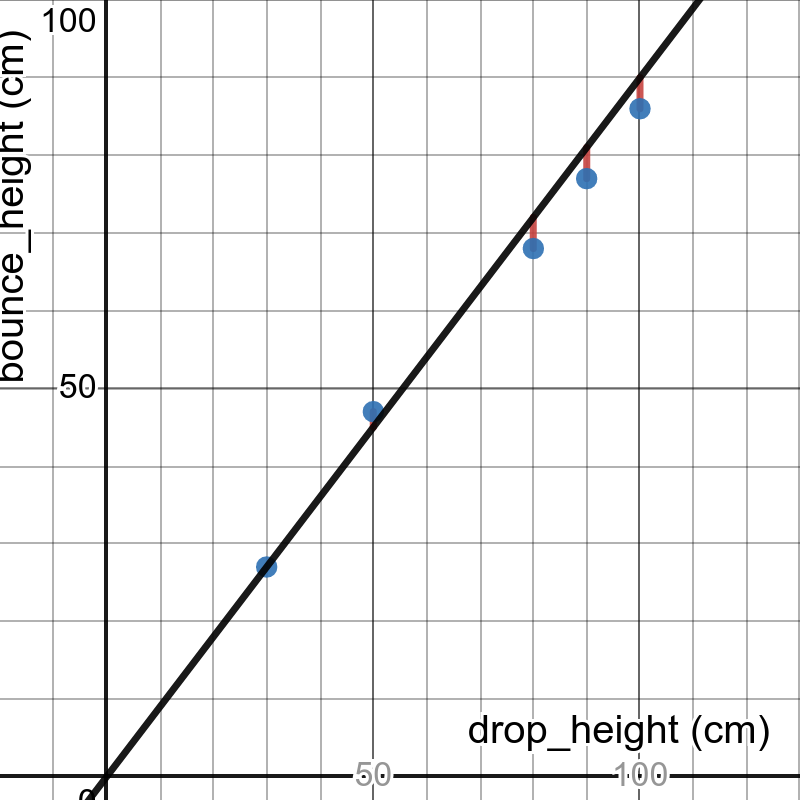
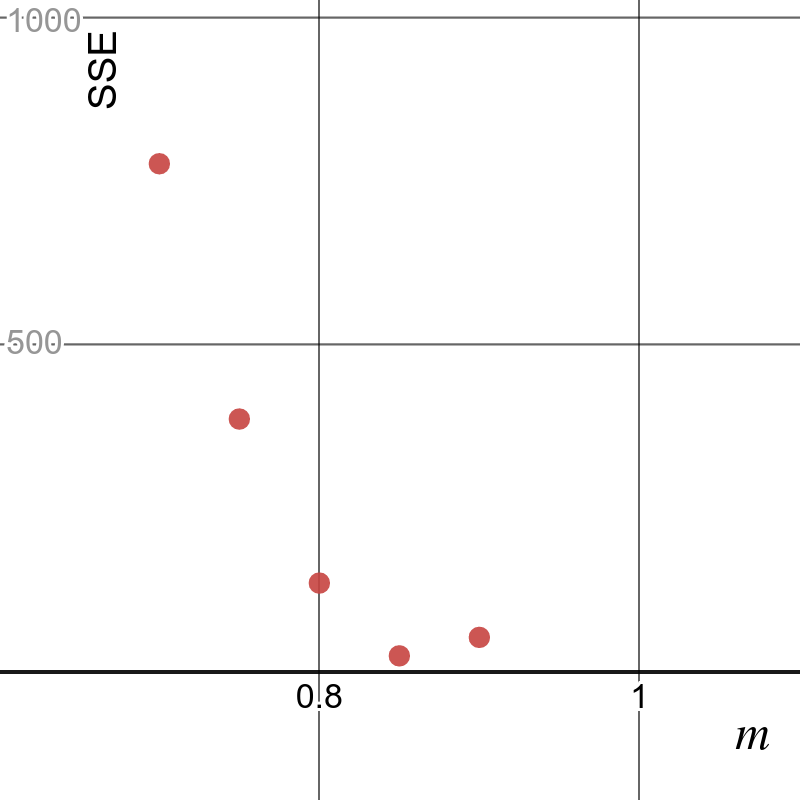
Bounce Prediction Error
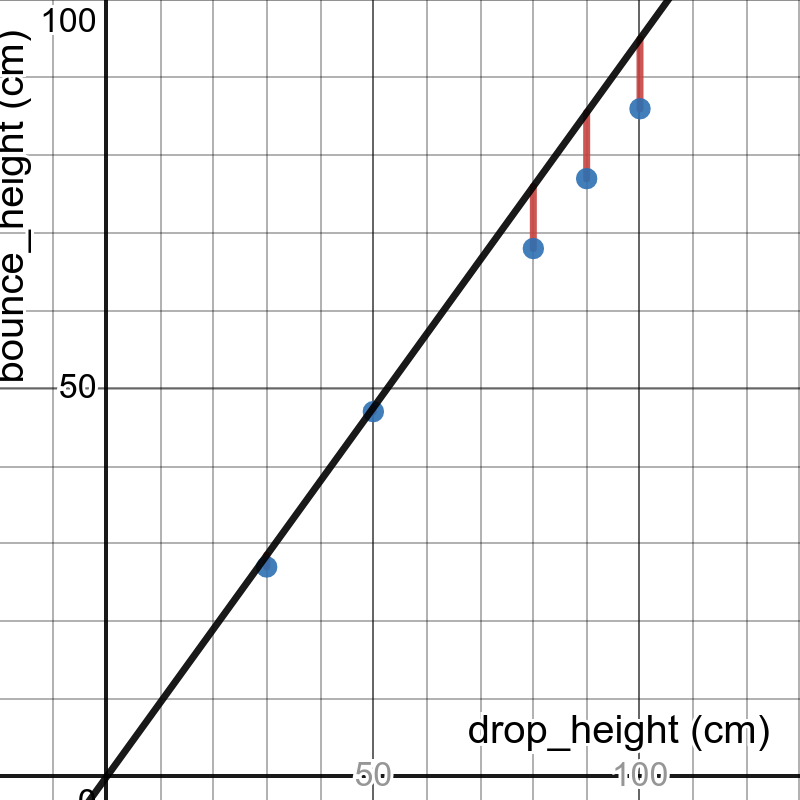
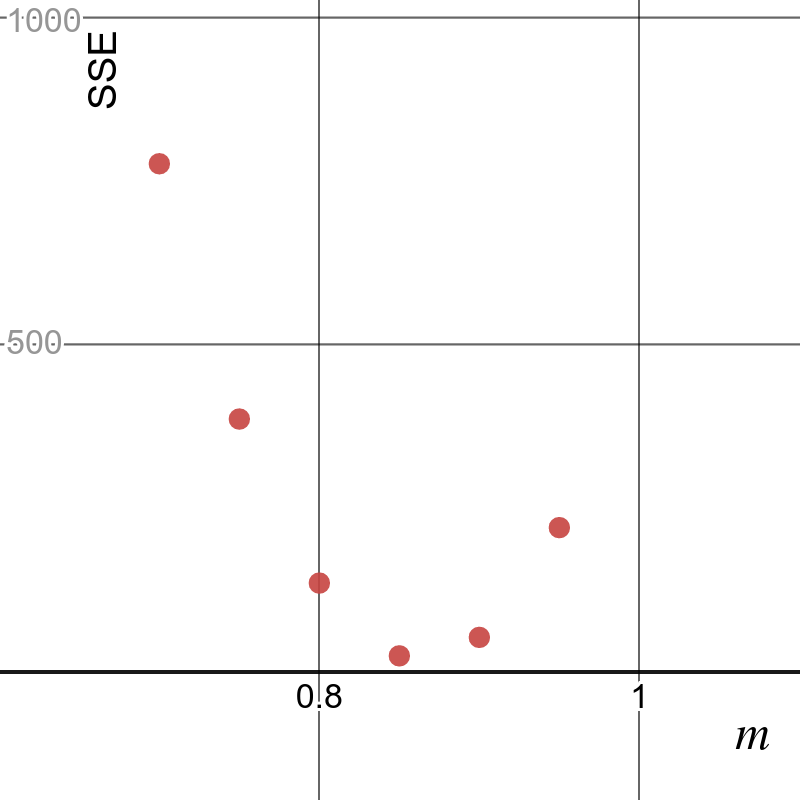
Bounce Prediction Error


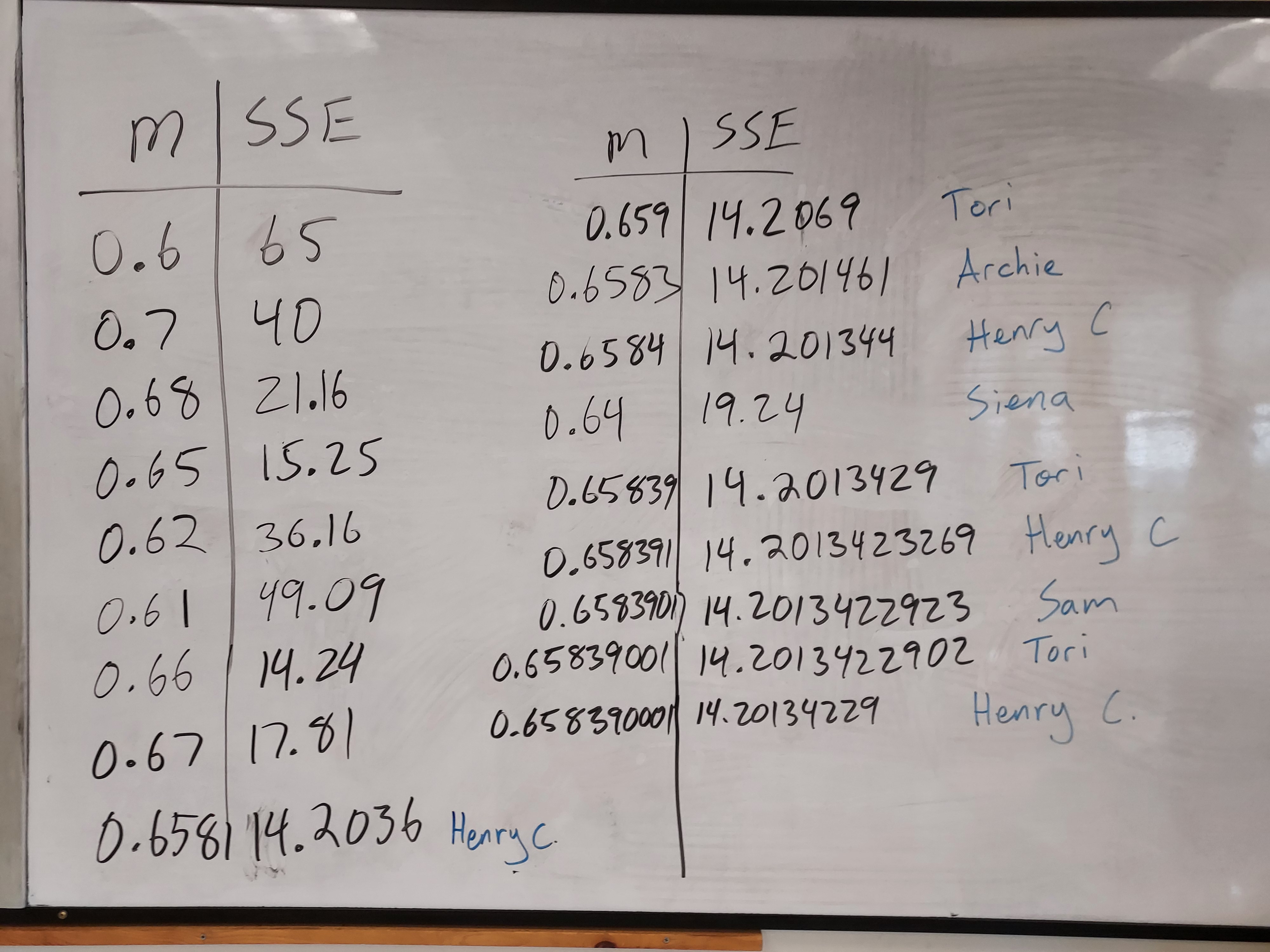
 |
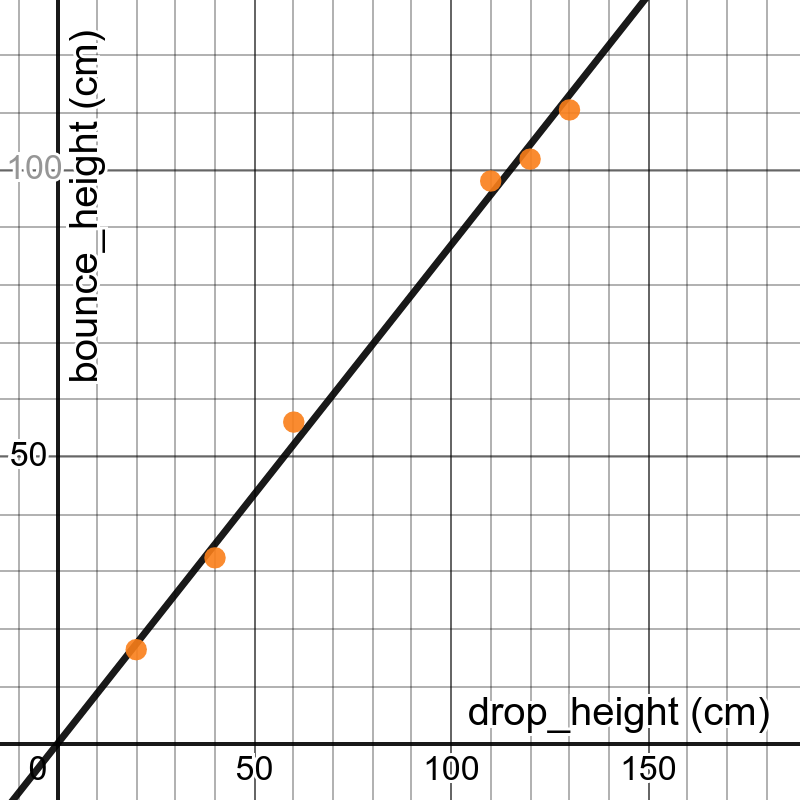 |
| Training Data | Testing Data |
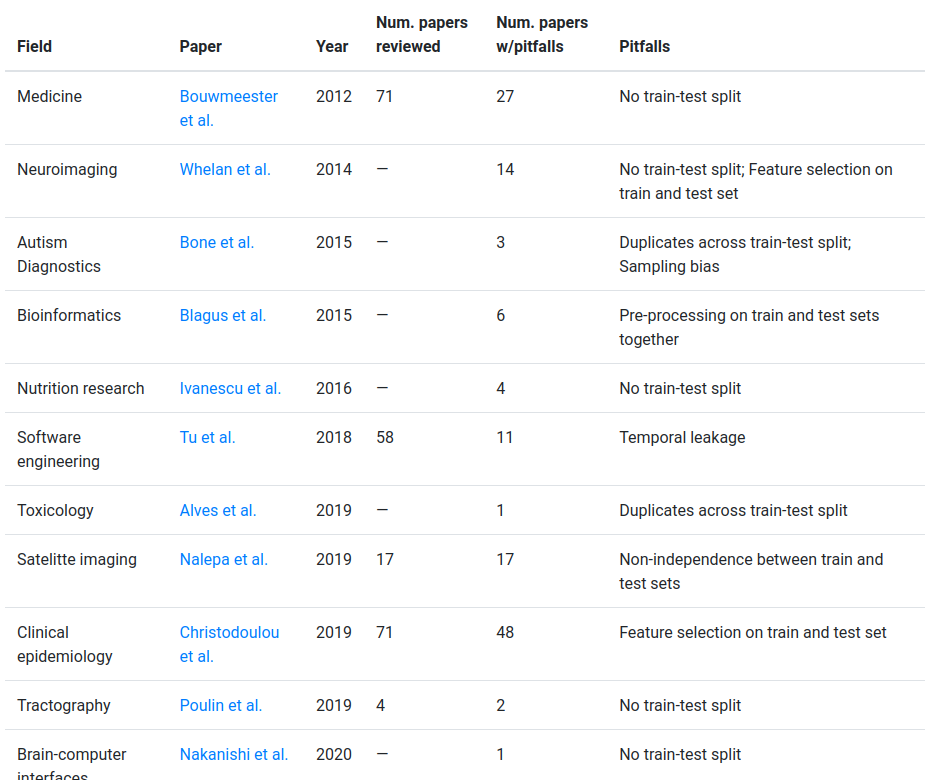

becomes:
"How much can we minimize the error of a linear model when predicting how high this particular bouncy ball will bounce in this room on this surface at this temperature and humidity when dropped from rest at a height of no more than two meters?"
Data Modeling Projects
- How high does a bouncy ball bounce?
- How far will the ball roll?
- What is the period of a pendulum?
- When will the water reach 40℃?
- When is high tide?
- How much daylight will there be on Jan 1?
- When will sun set on Feb 1?
- What is the best move in Hexapawn?
- What is the best move in Tic Tac Toe?
- Which NFL team will win Monday?
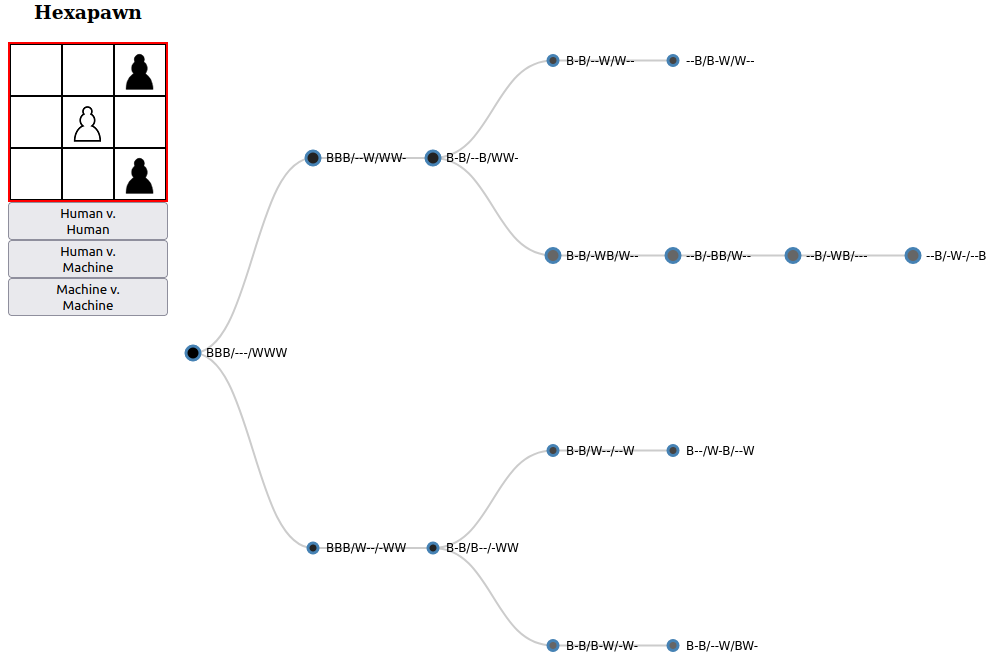

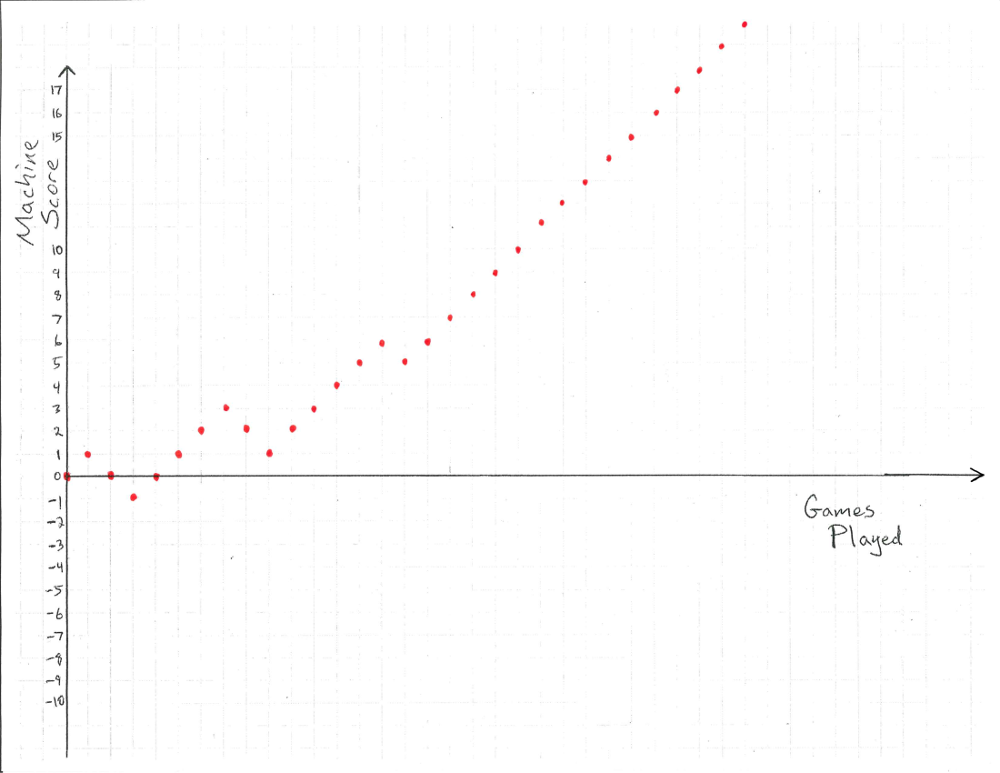
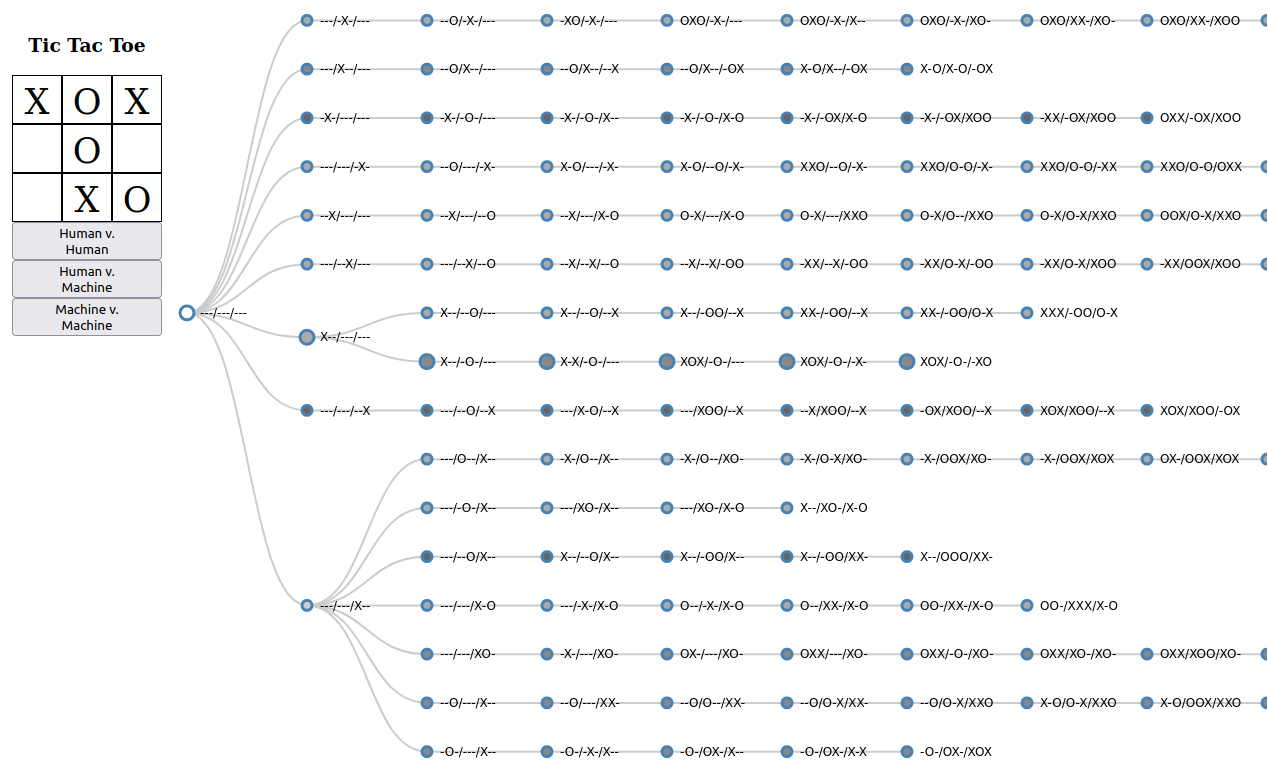
I have a project for you!
But first, in Summary
- Model data. It's awesome.
- Break models. Witness them failing.
- Critically analyze technology.

- A Framework for Understanding Sources of Harm throughout the Machine Learning Life Cycle - Harini Suresh, John V. Guttag
Teaching with ethics at the forefront:
- Teaching Machine Learning in the Context of Critical Quantitative Information Literacy - Carrie Diaz Eaton.
- Integrating the Humanities into Data Science Education - Eric A. Vance et al.
Automating Ambiguity: Challenges and Pitfalls of Artificial Intelligence - Abeba Birhane
On the dangers of stochastic parrots: Can language models be too big? - Emily M. Bender, Timnit Gebru, Angelina McMillan-Major, and Margaret Mitchell
Rachael Tatman - YouTube
Rachel Thomas Fast.ai Data Ethics Course
Joy Buolamwini https://www.media.mit.edu/people/joyab/publications/
SERJ special issue: https://iase-web.org/ojs/SERJ/issue/view/28
AIES '22: Proceedings of the 2022 AAAI/ACM Conference on AI, Ethics, and Society https://dl.acm.org/doi/proceedings/10.1145/3514094
Teaching Machine Learning in the Context of Critical Quantitative Information Literacy
Integrating data science ethics into an undergraduate major: A case study
A call for a humanistic stance toward k-12 data science education
Artificial intelligence in education: Addressing ethical challenges in K-12 settings
Provisional Data Science for Social Change Spring 2022 schedule
